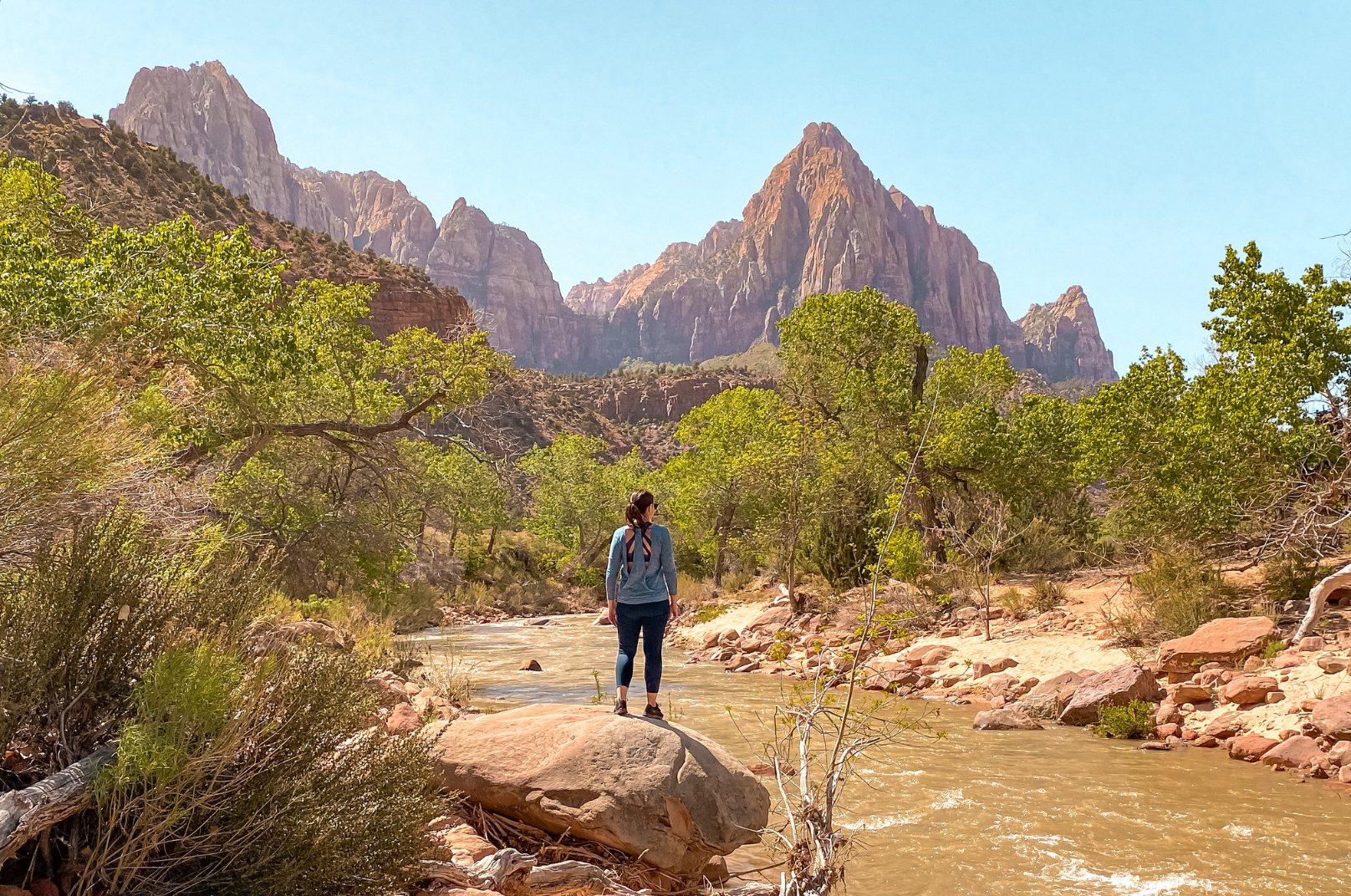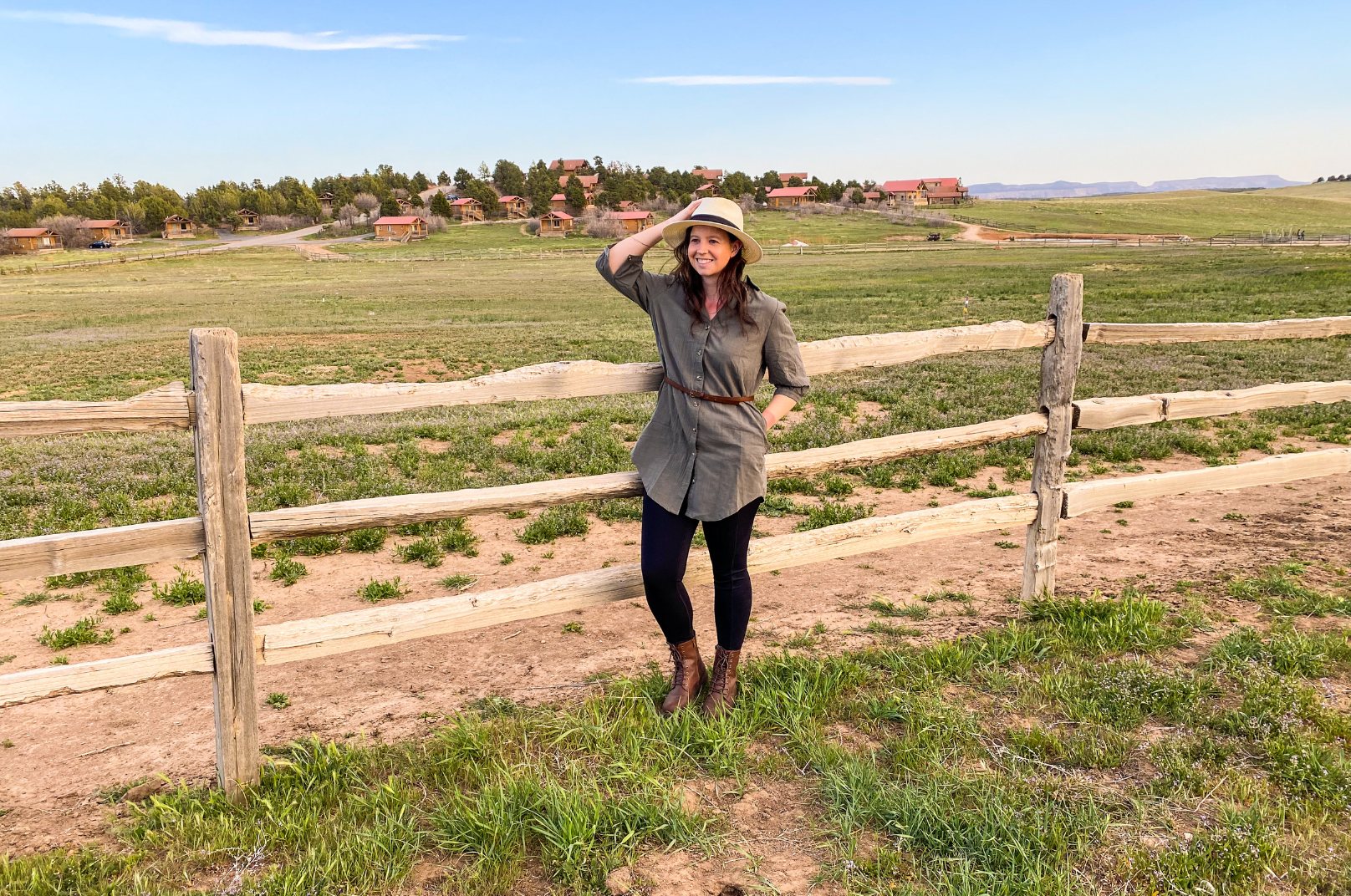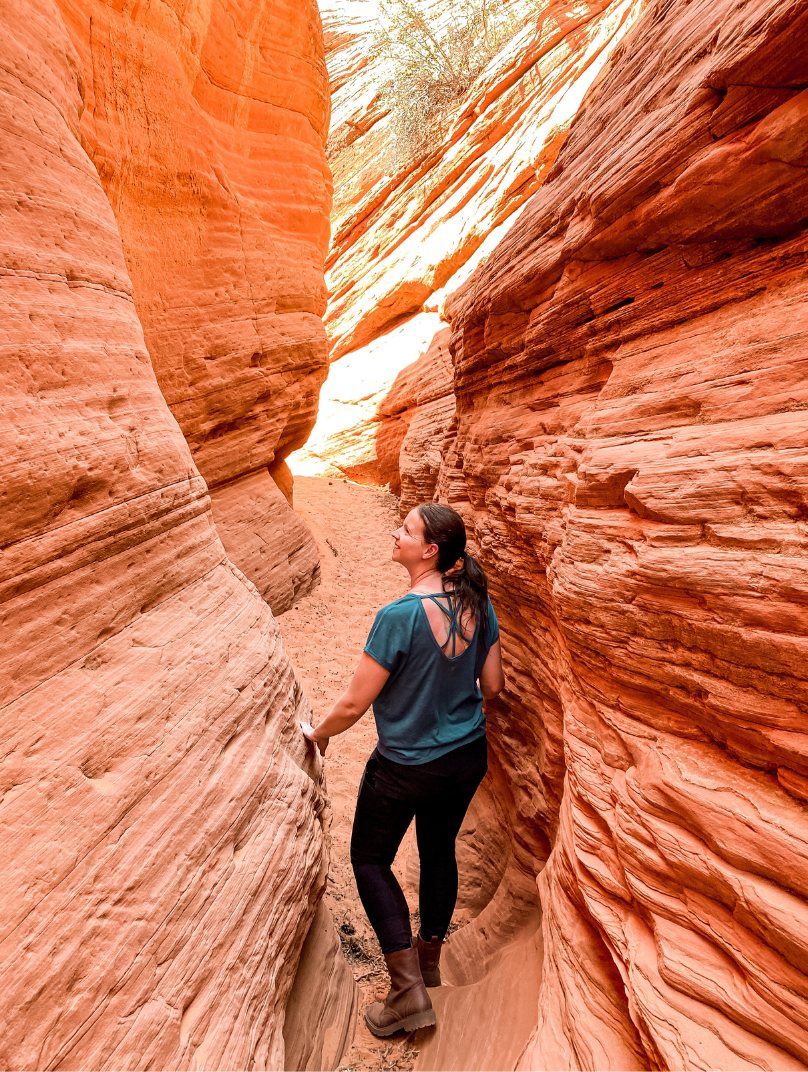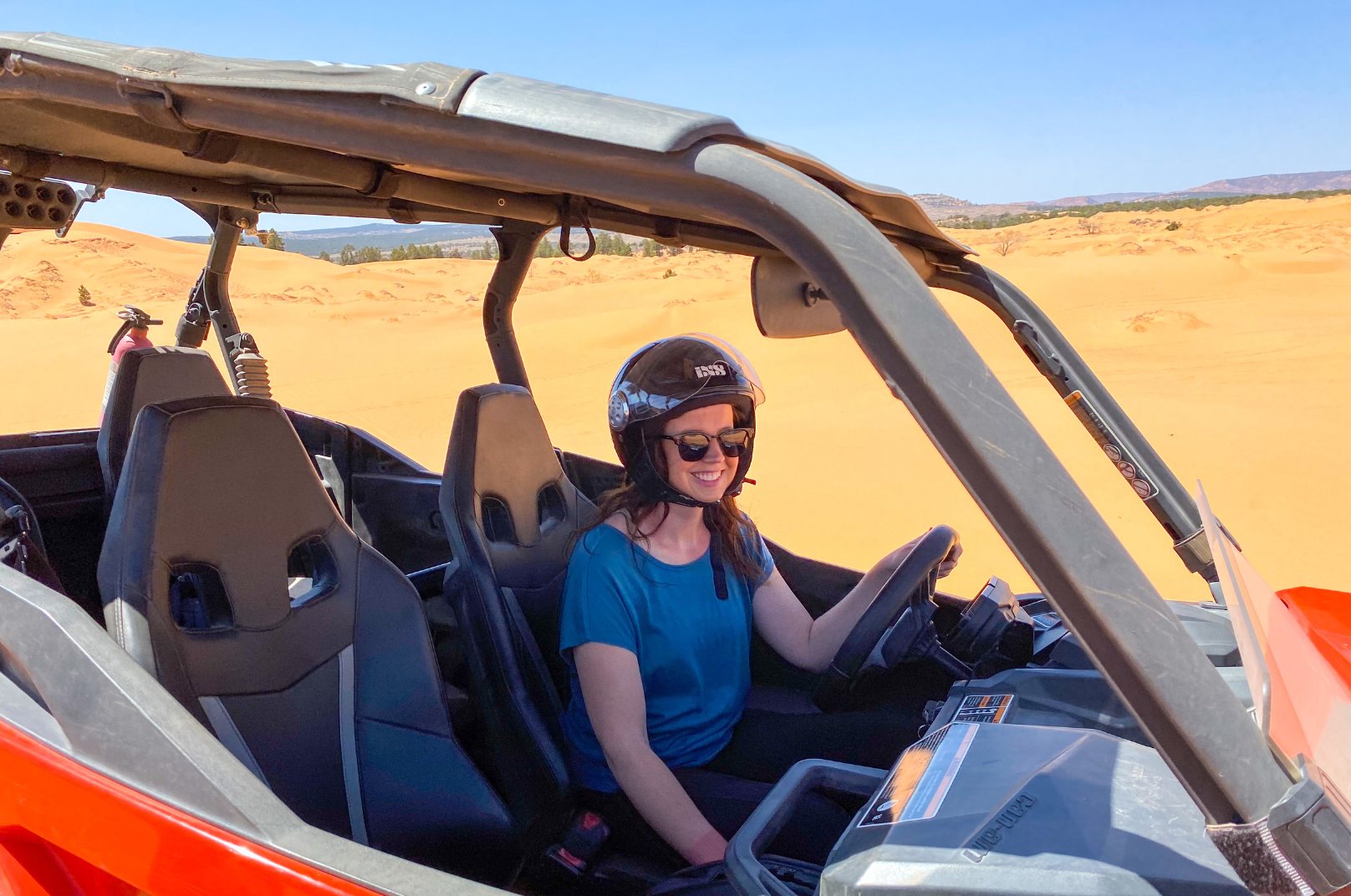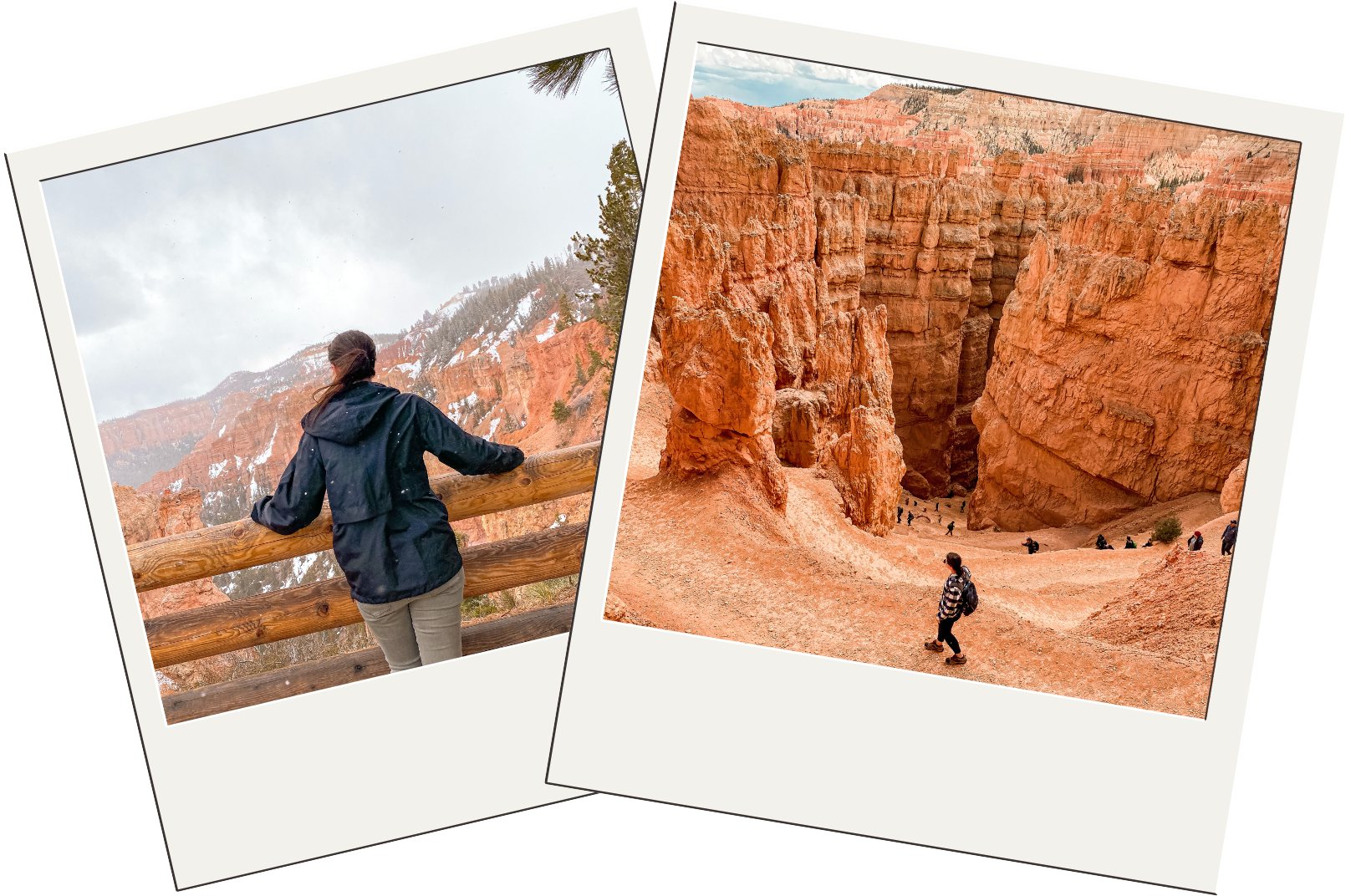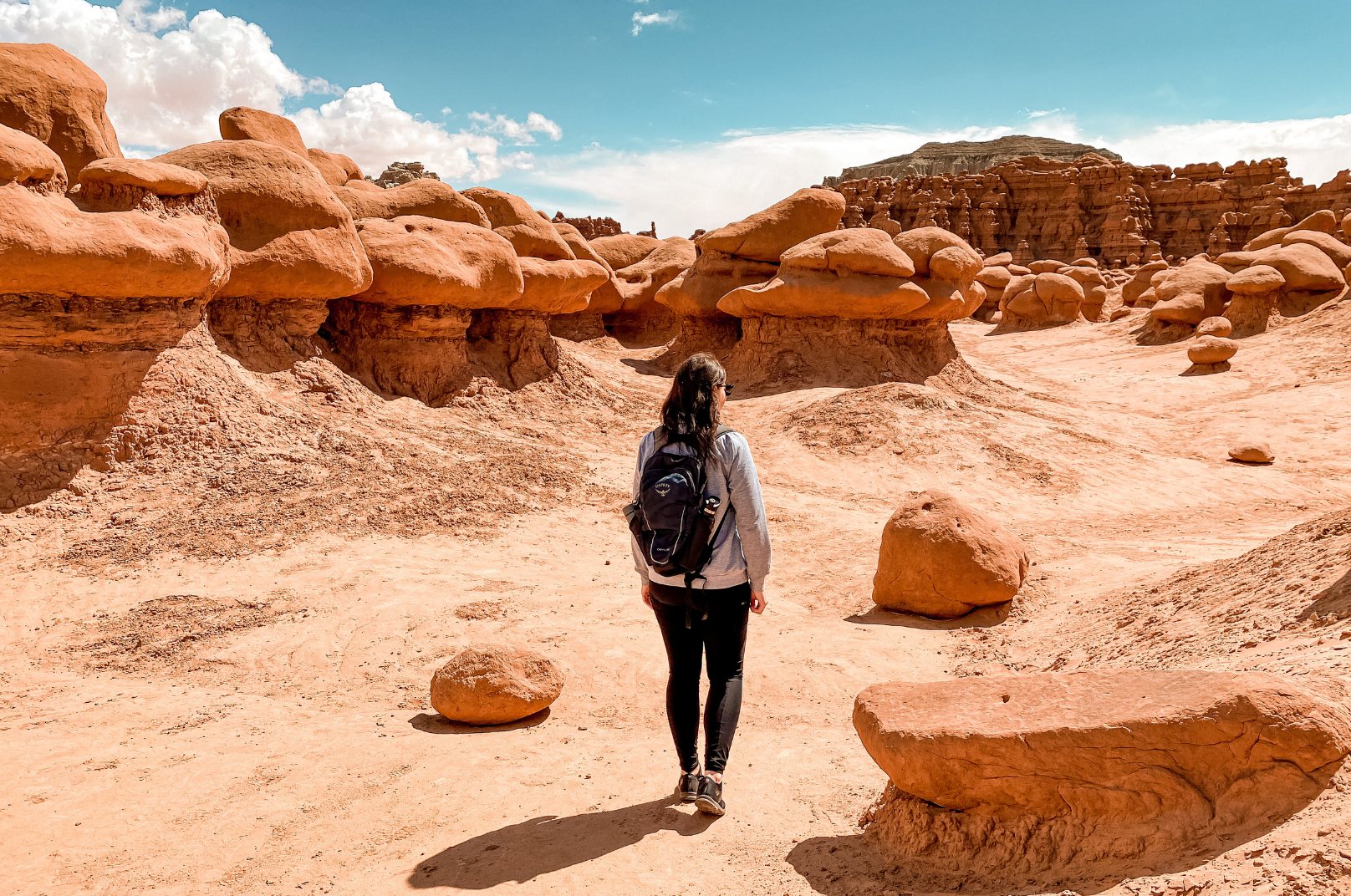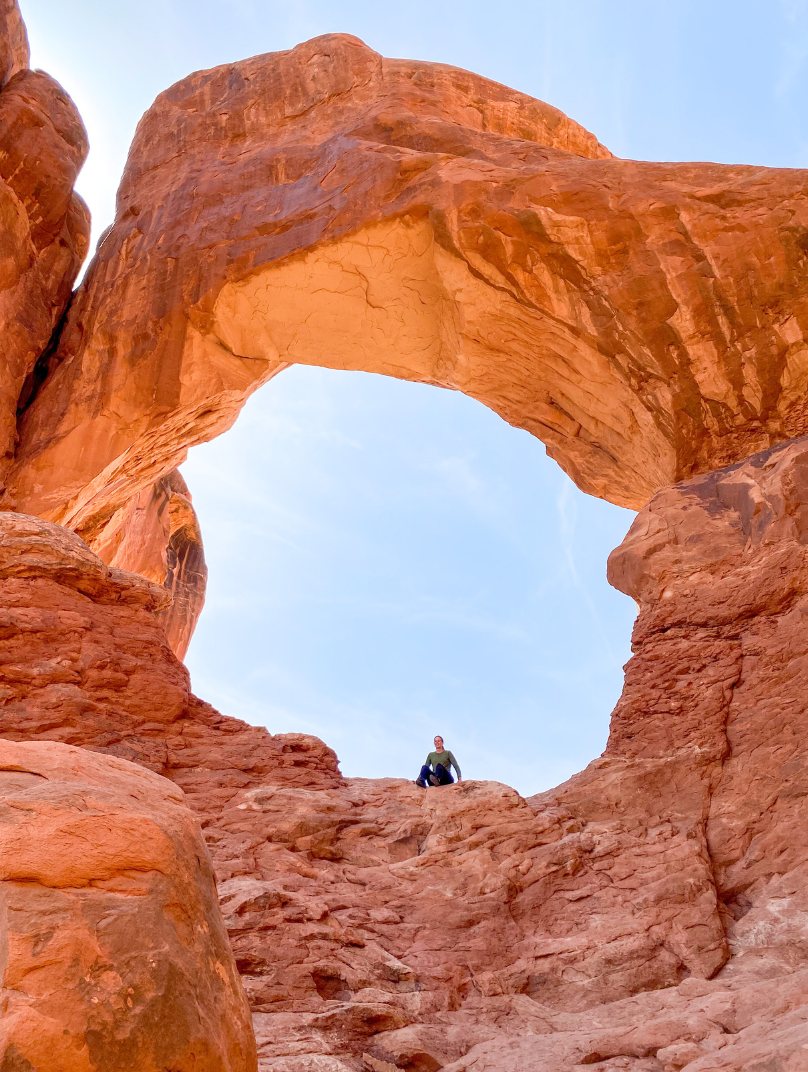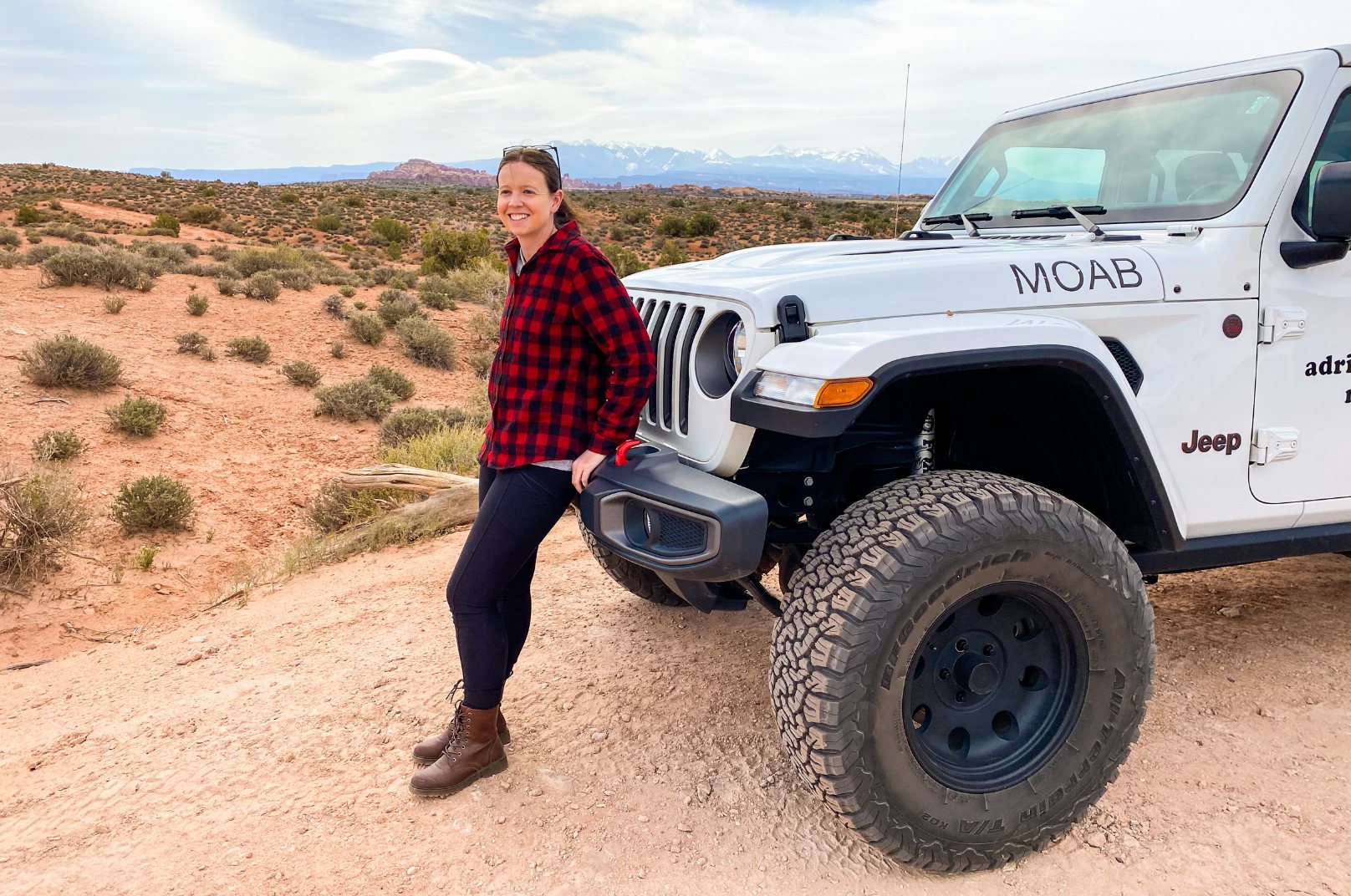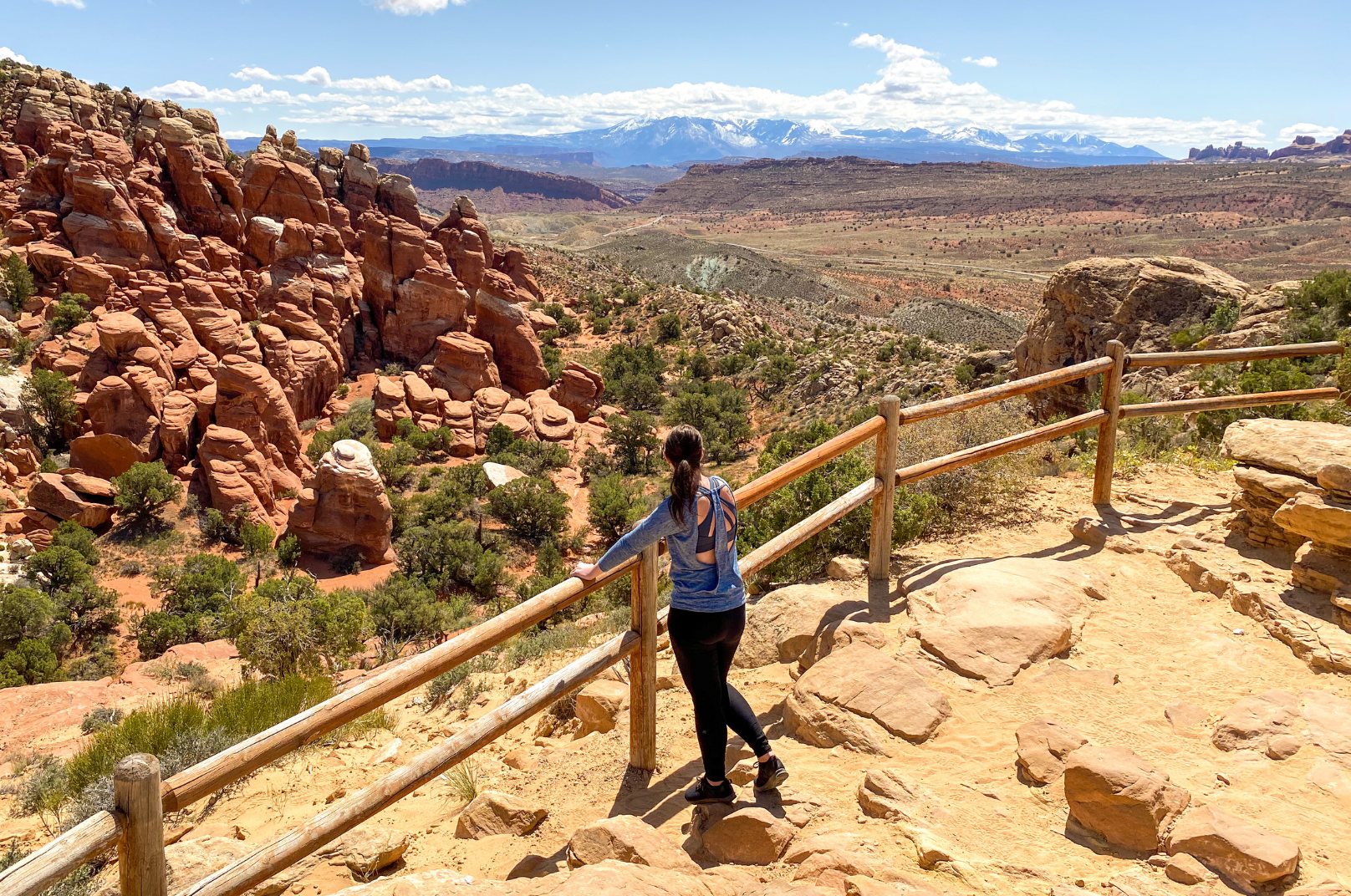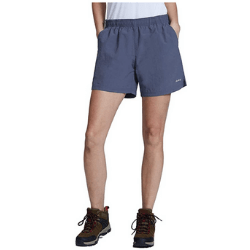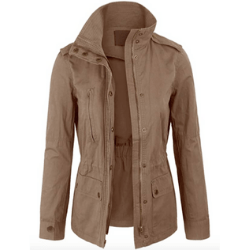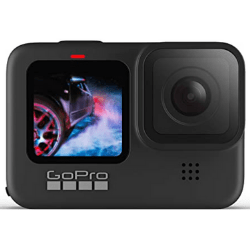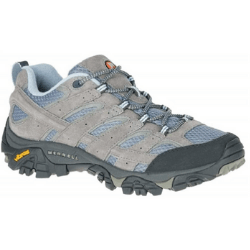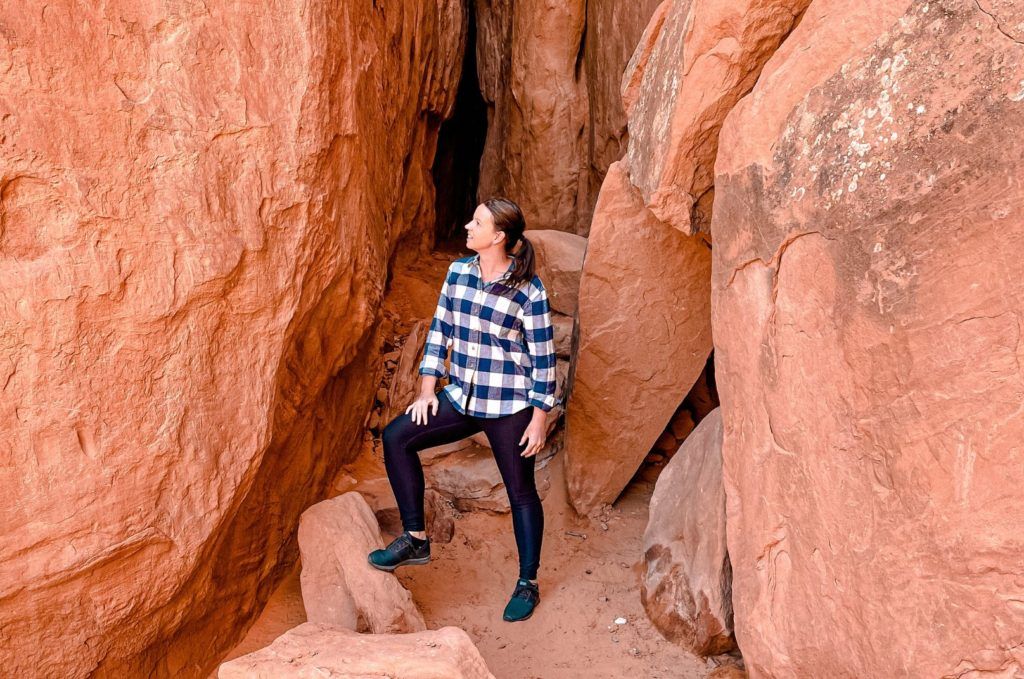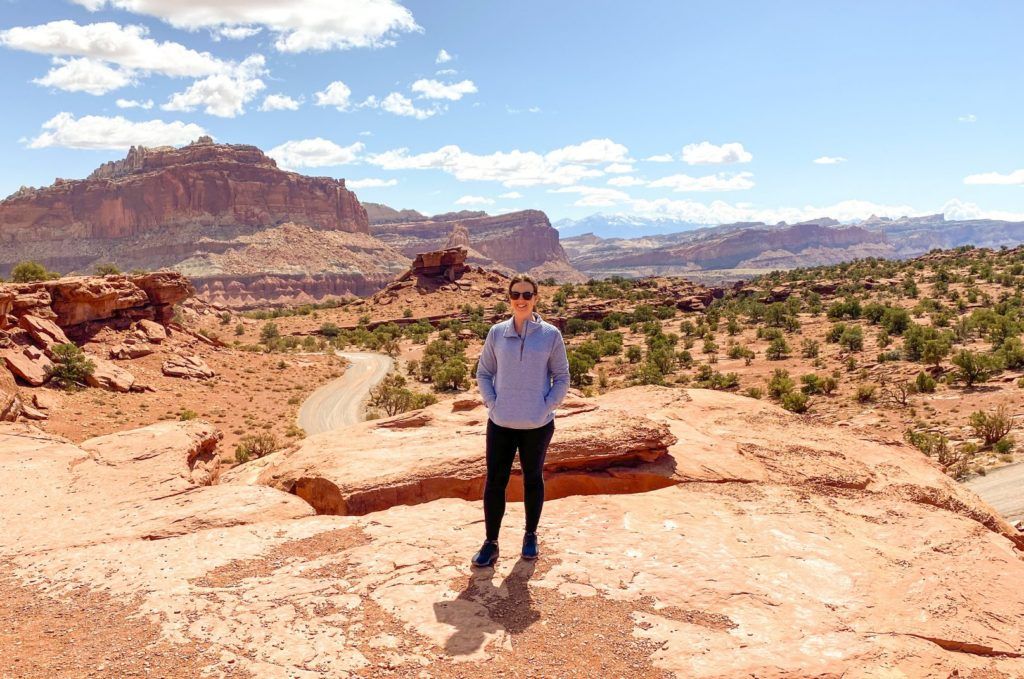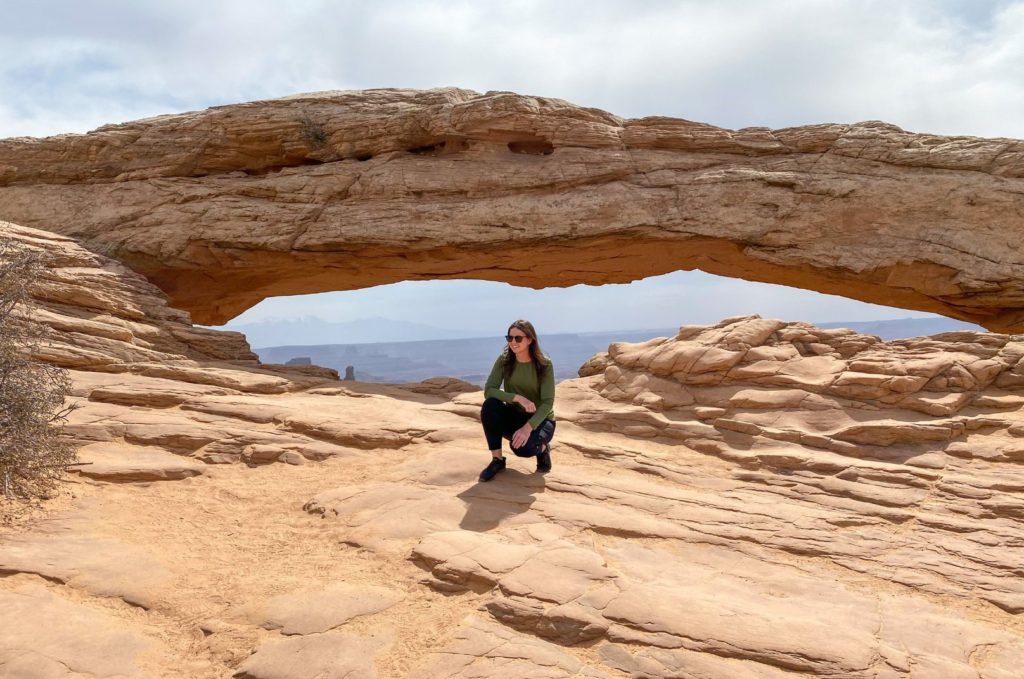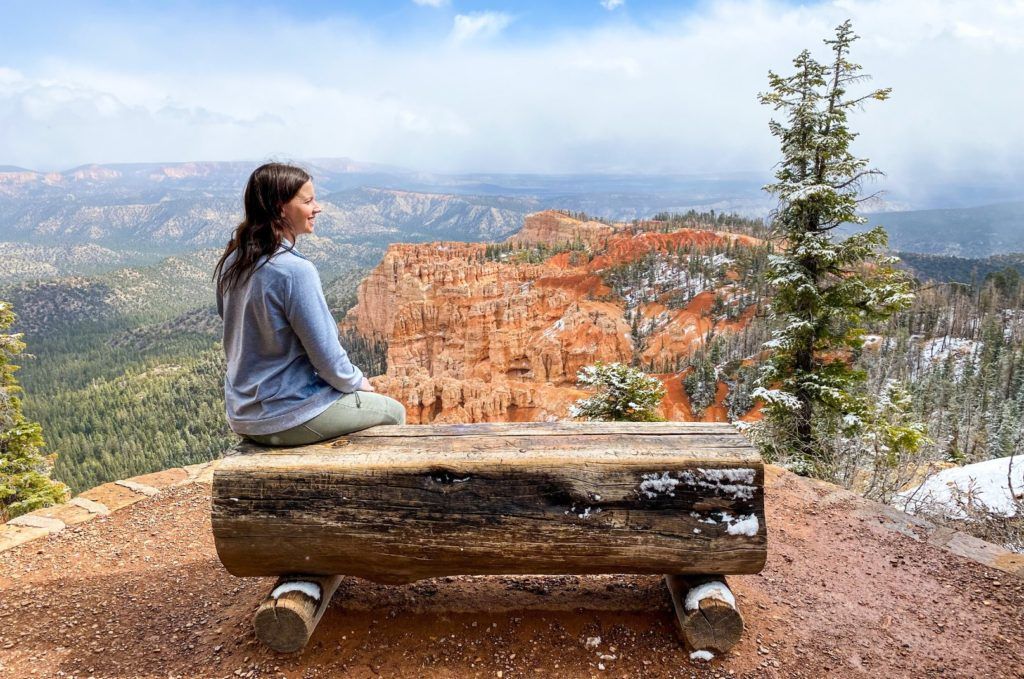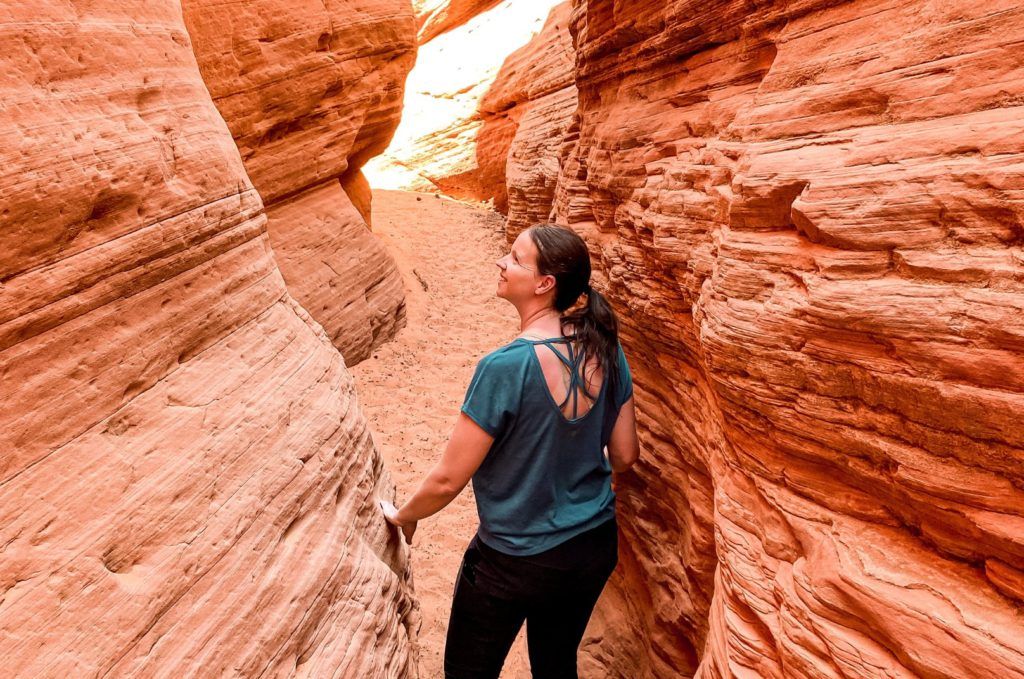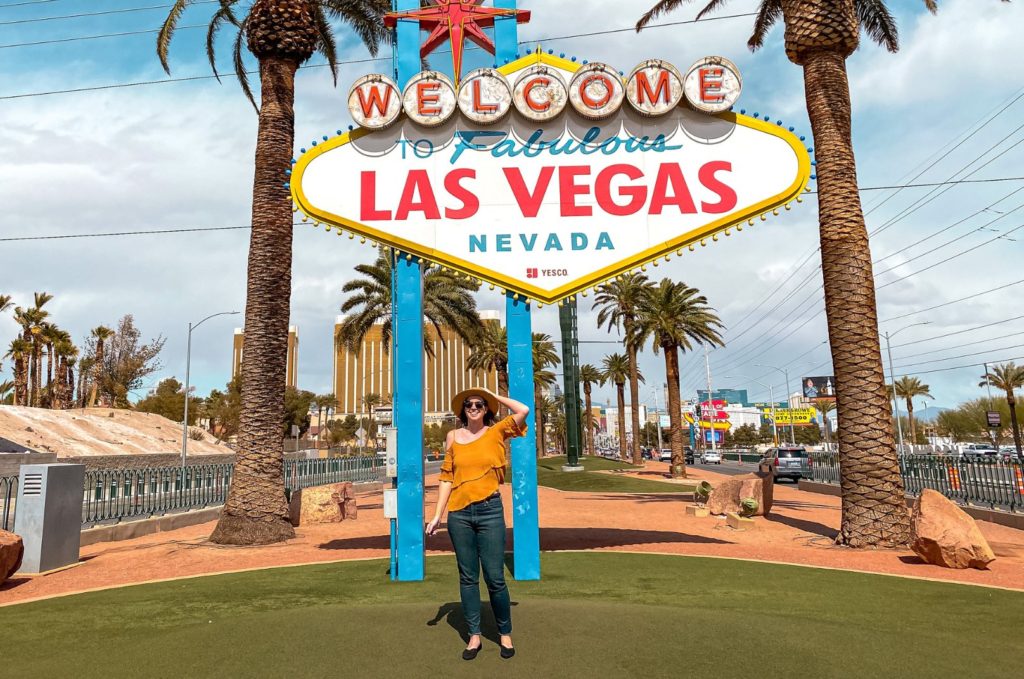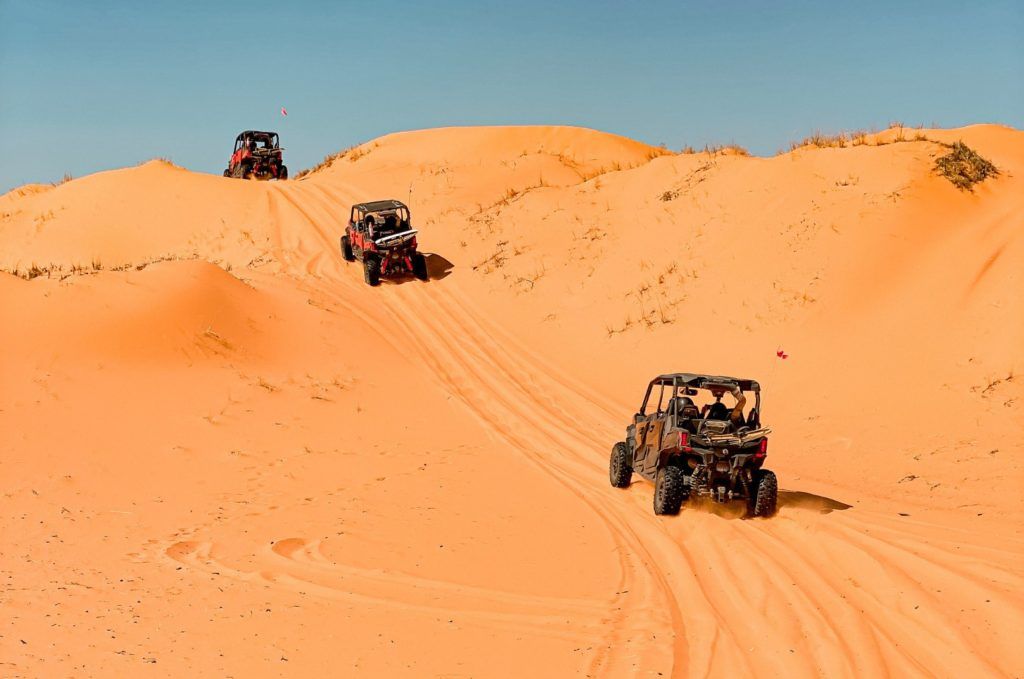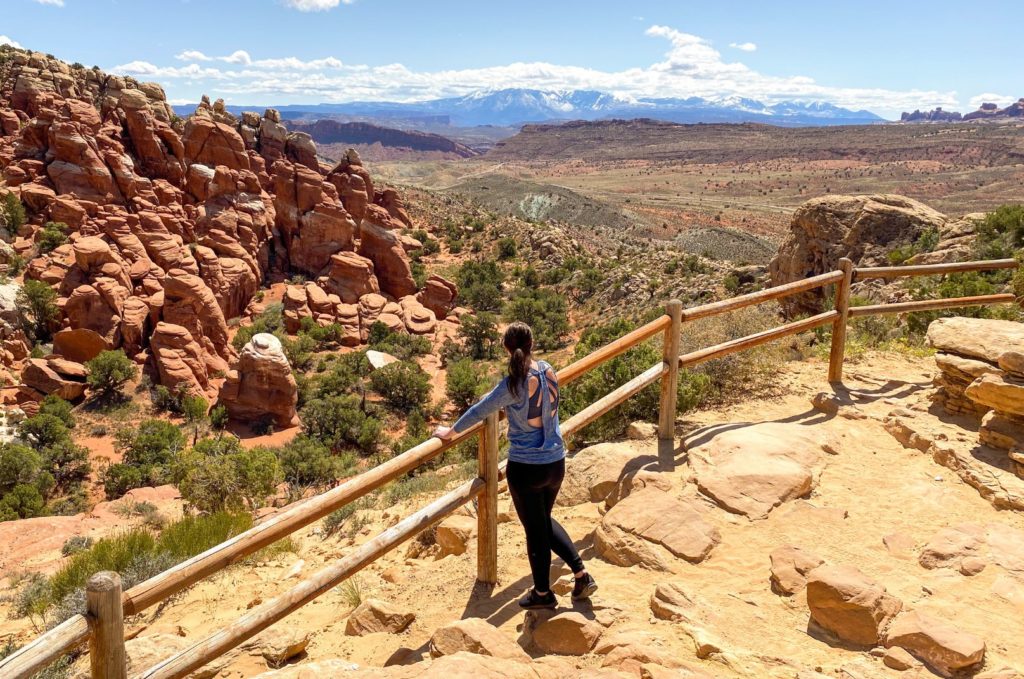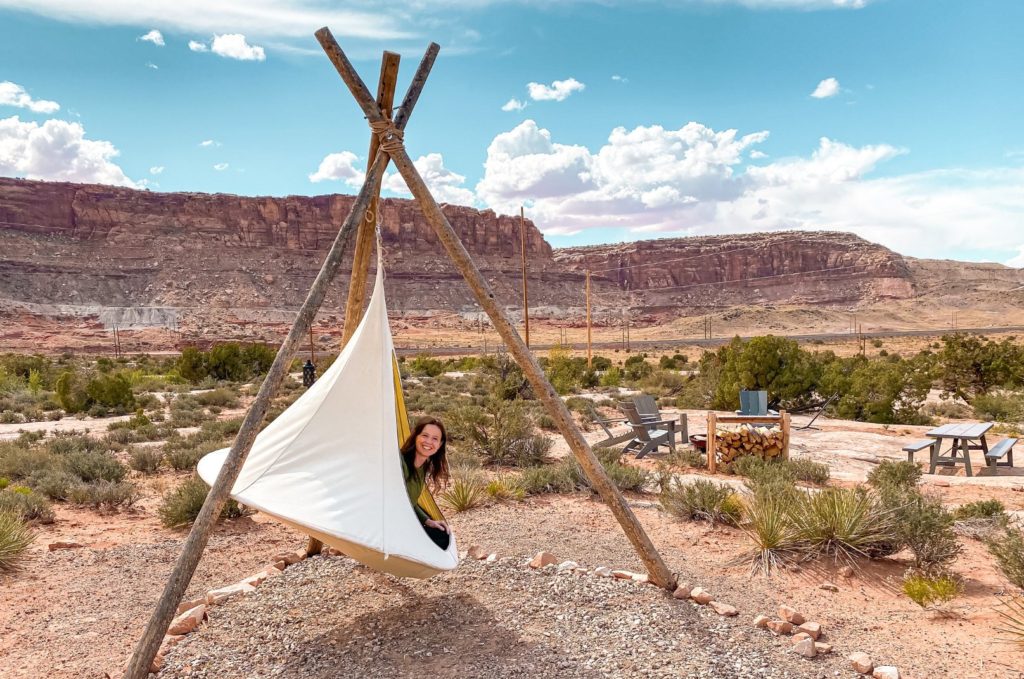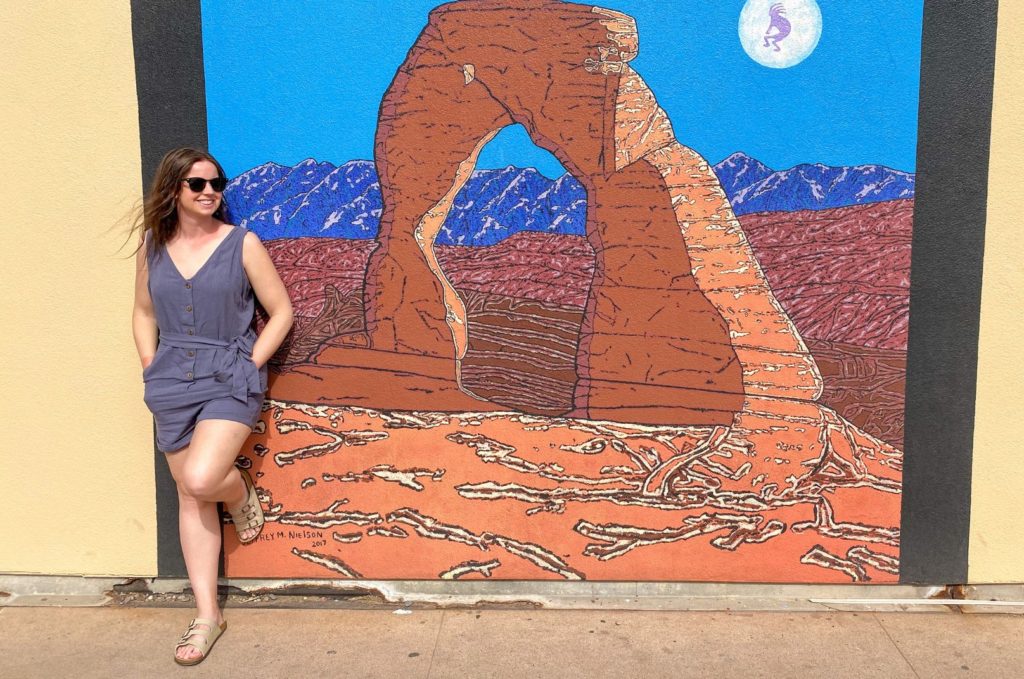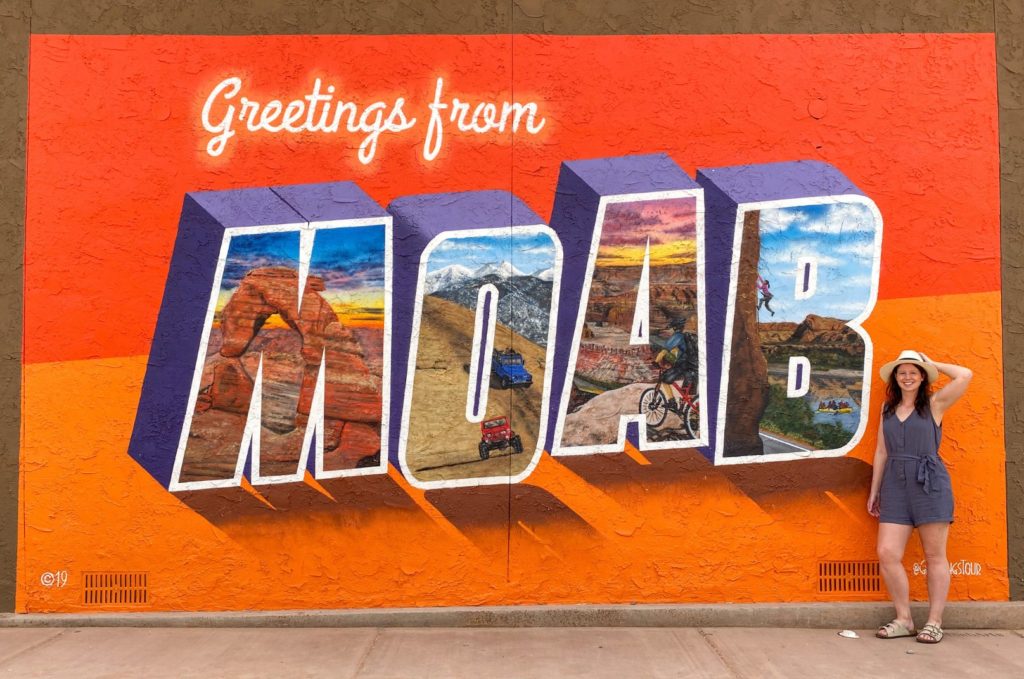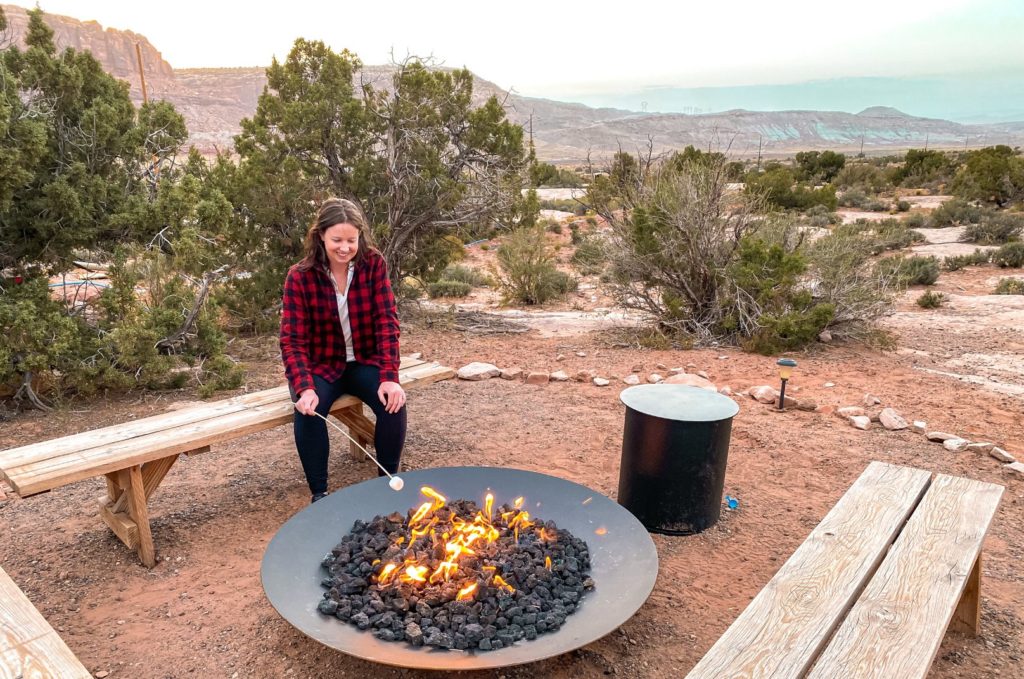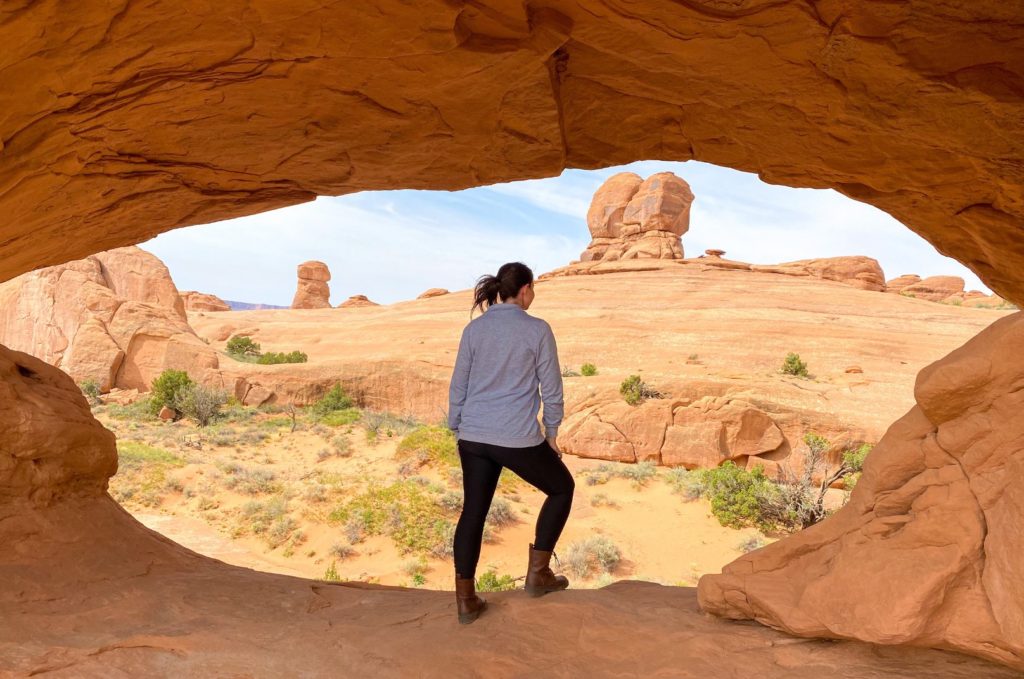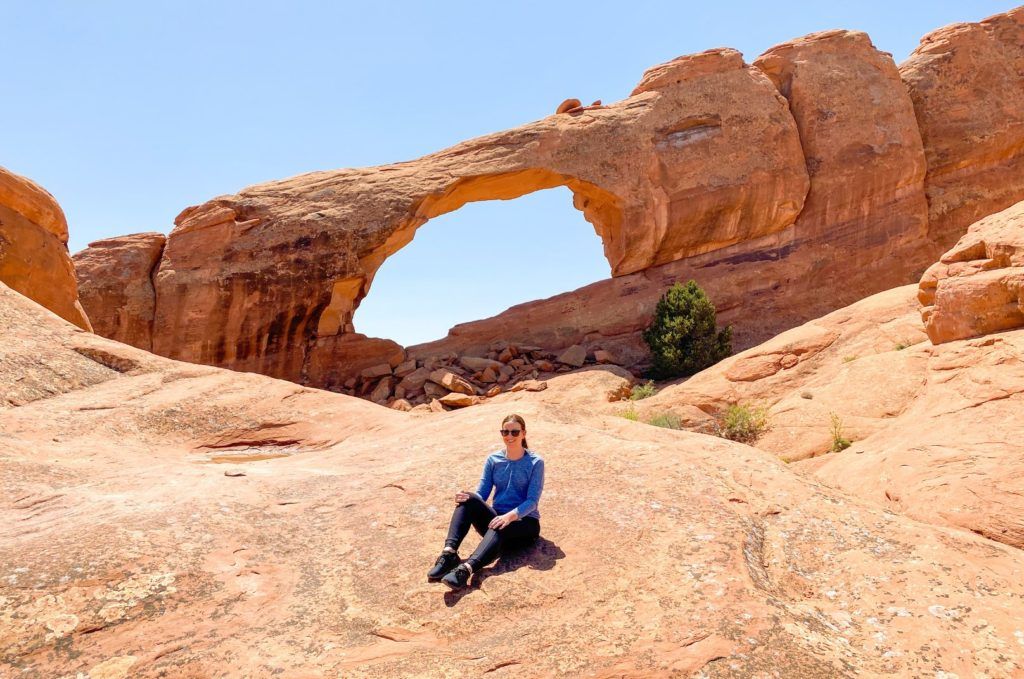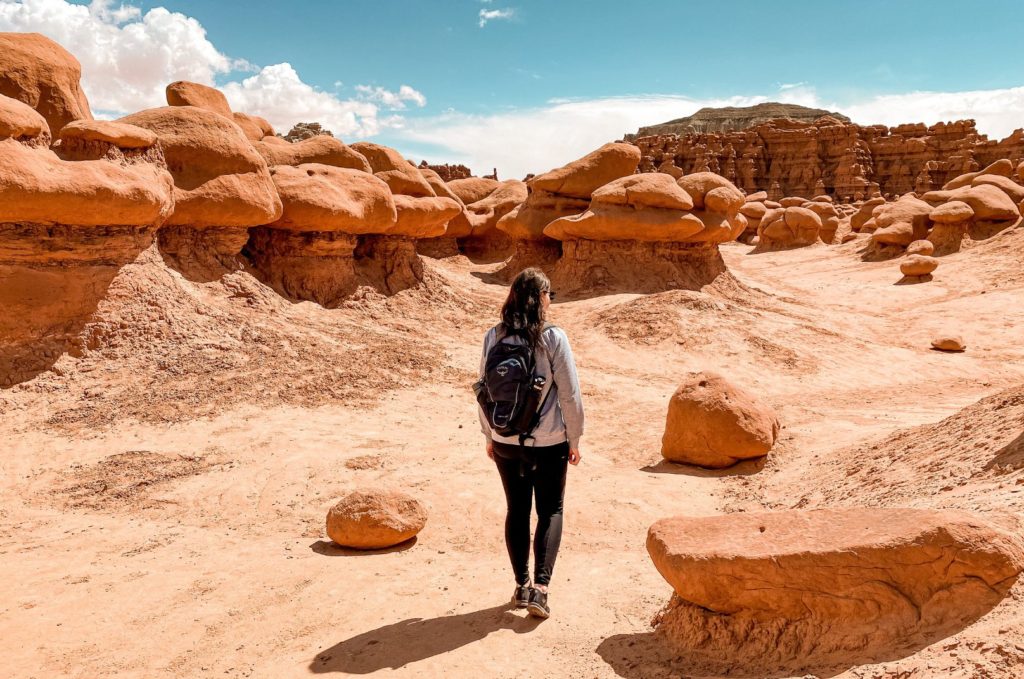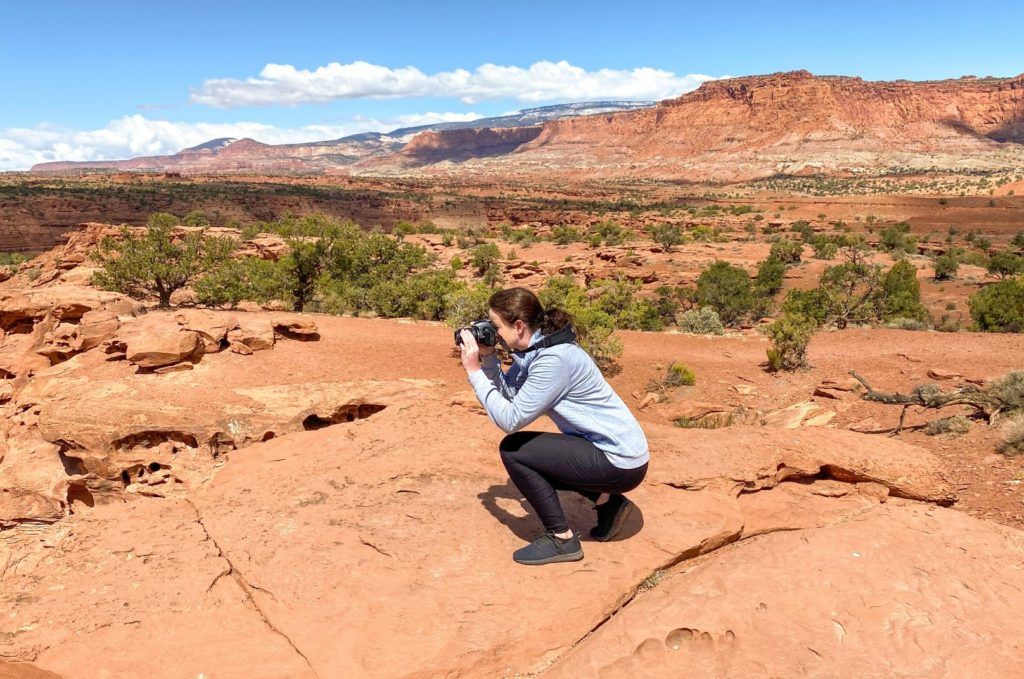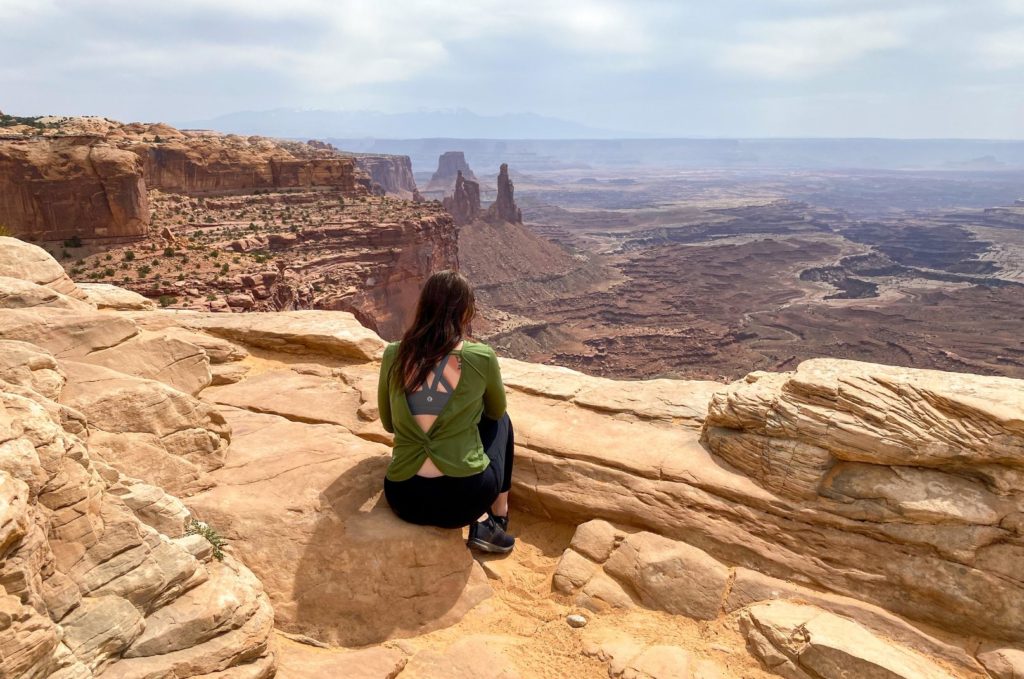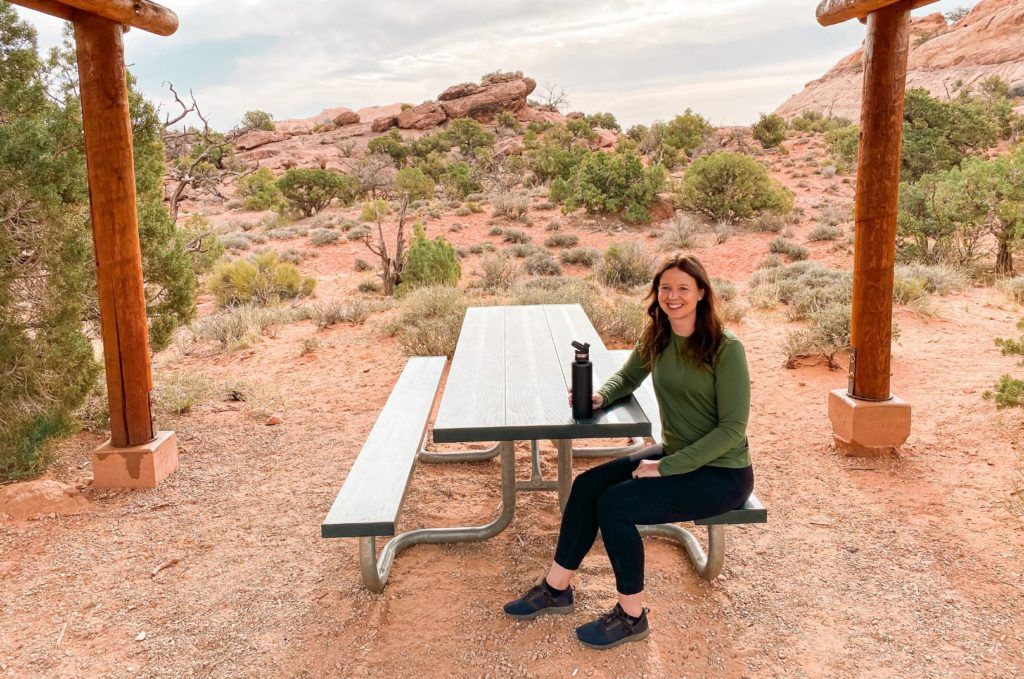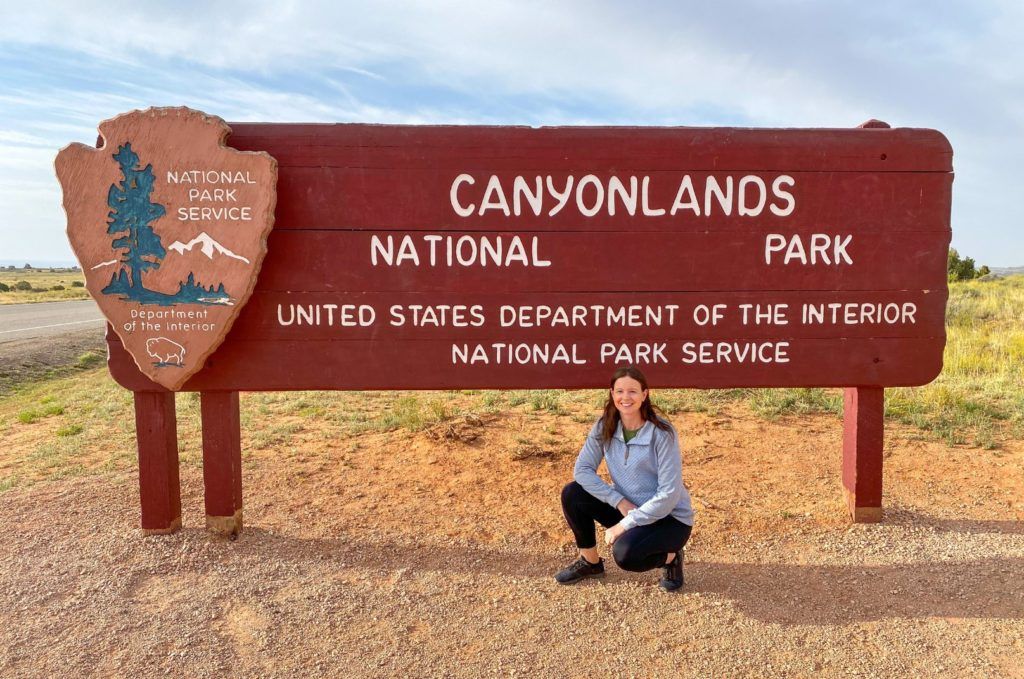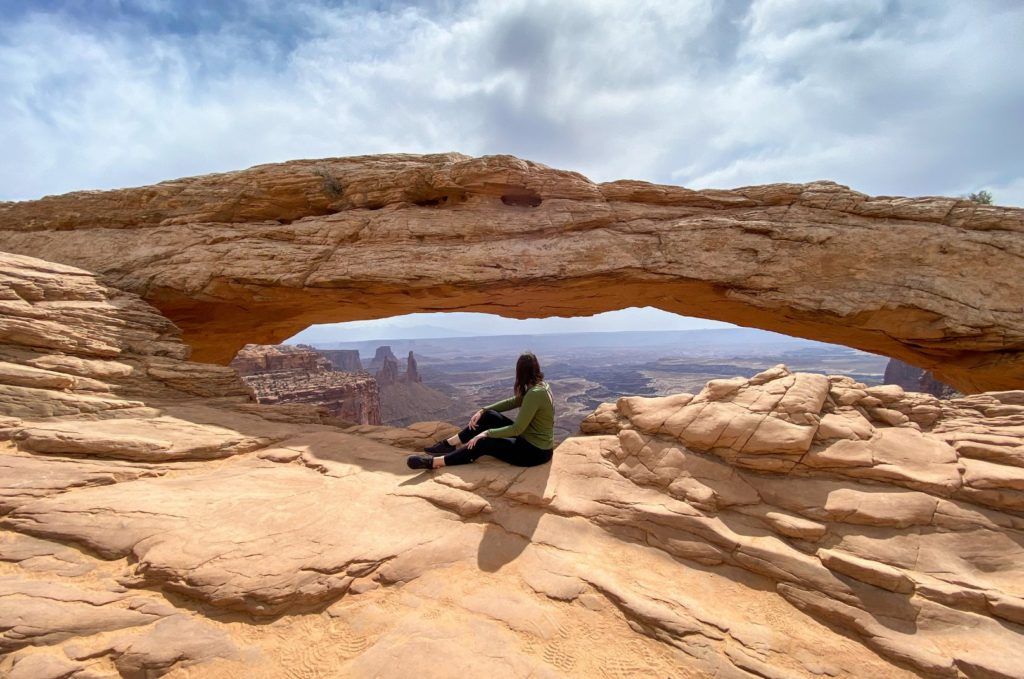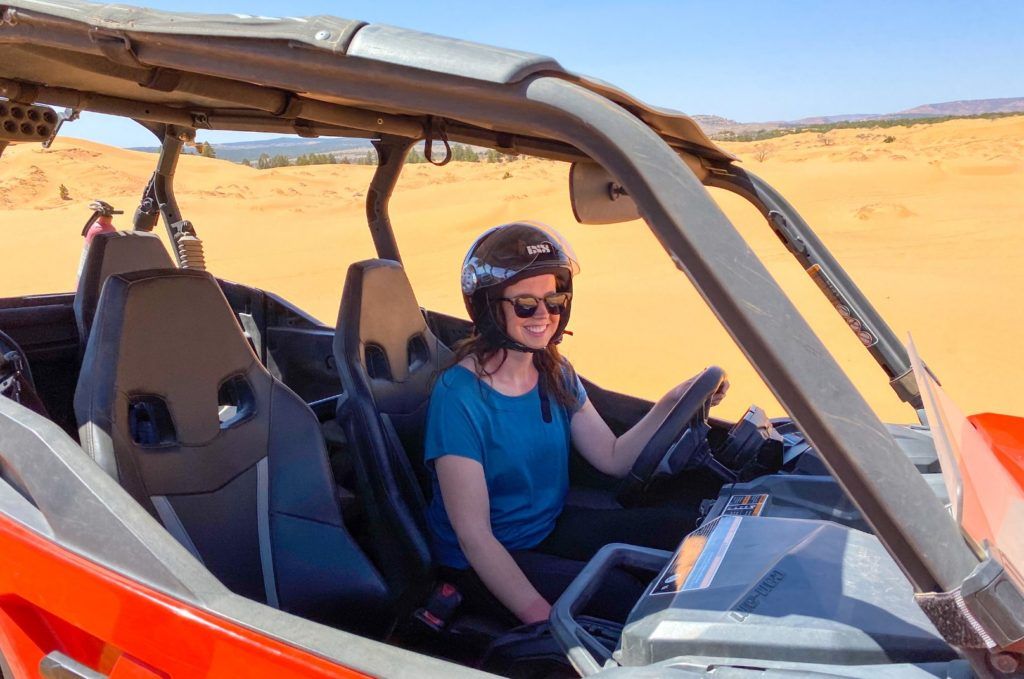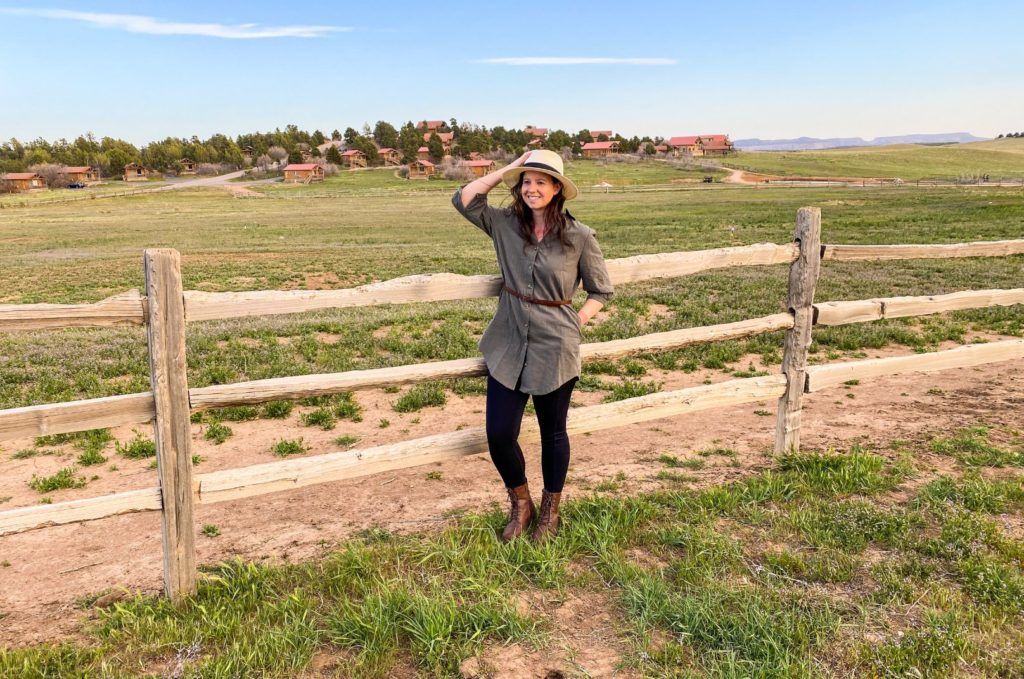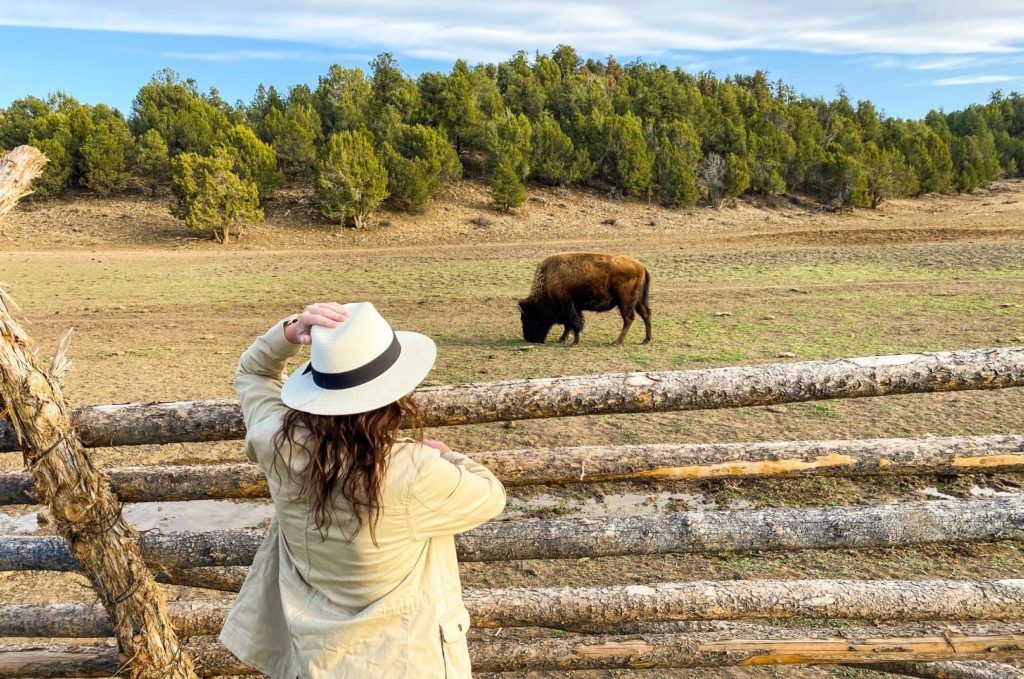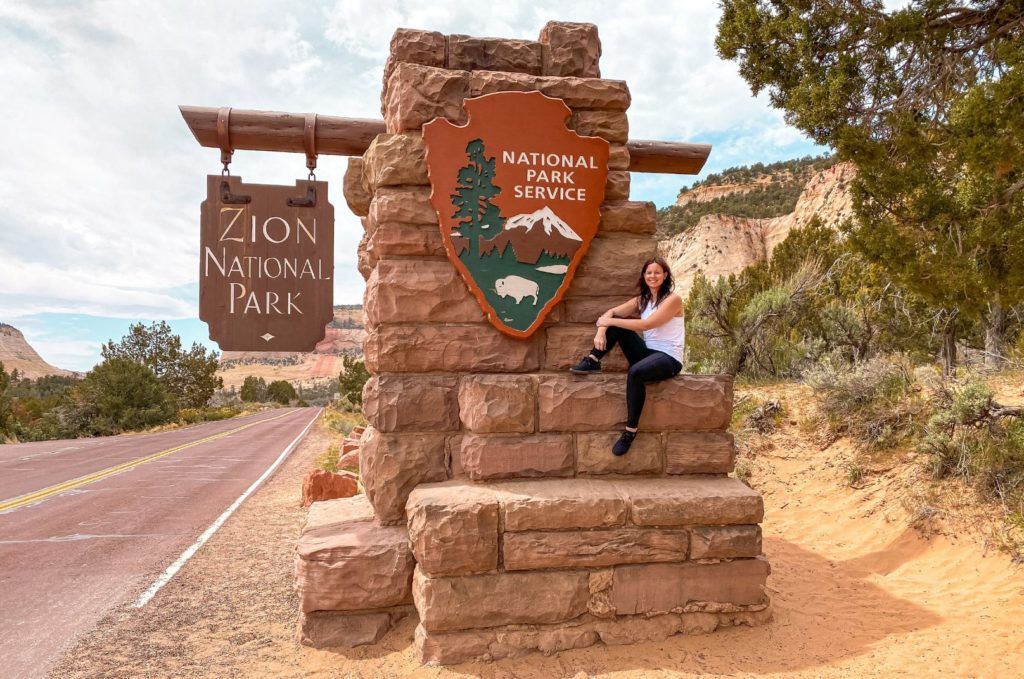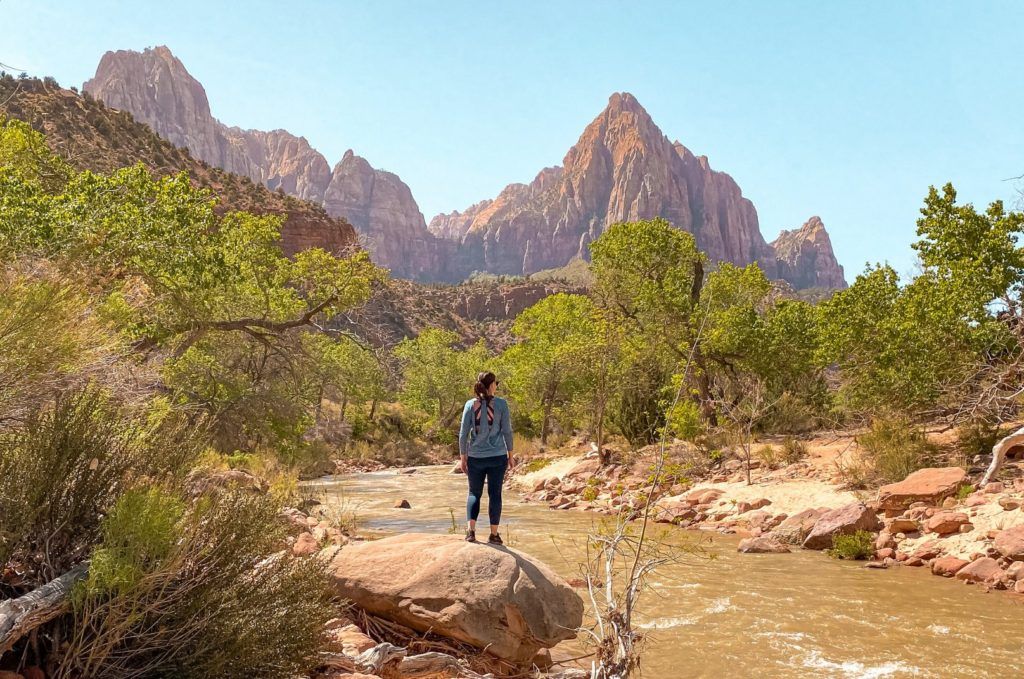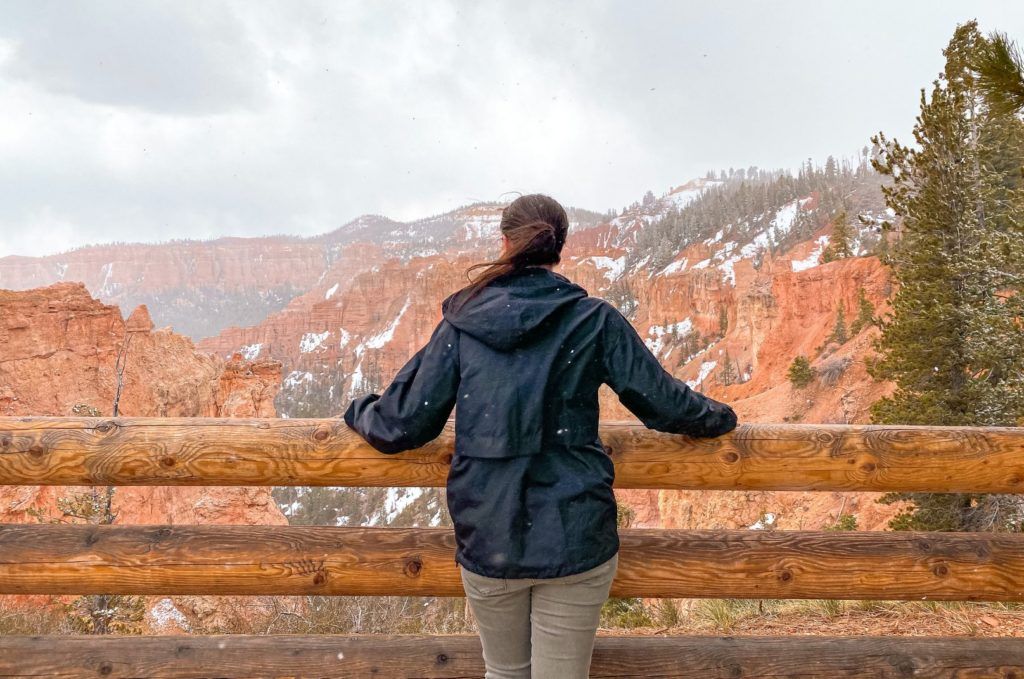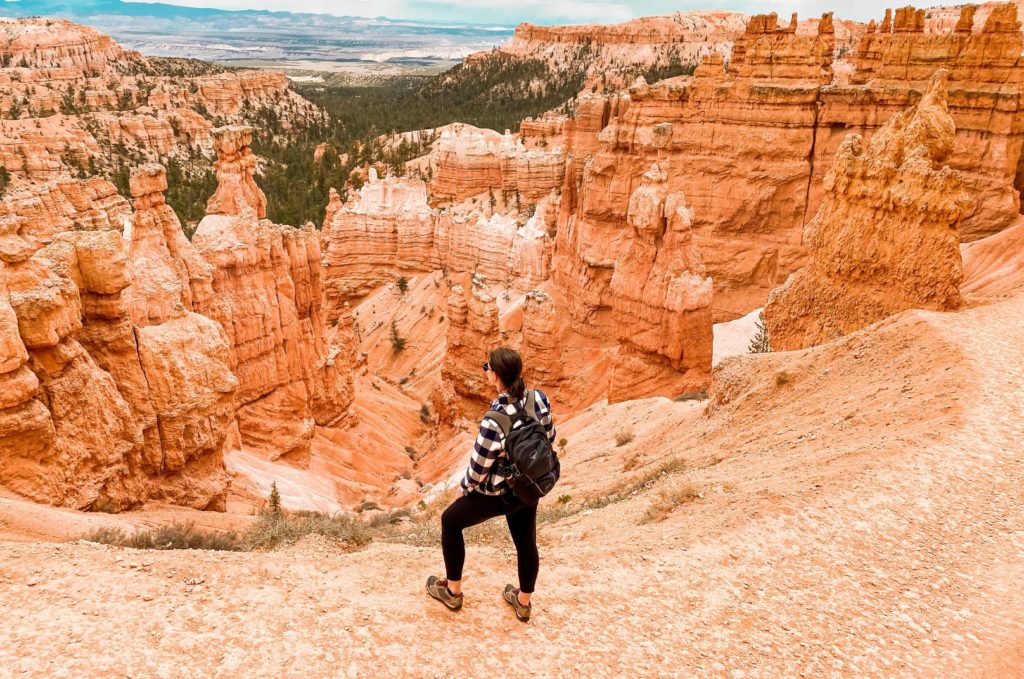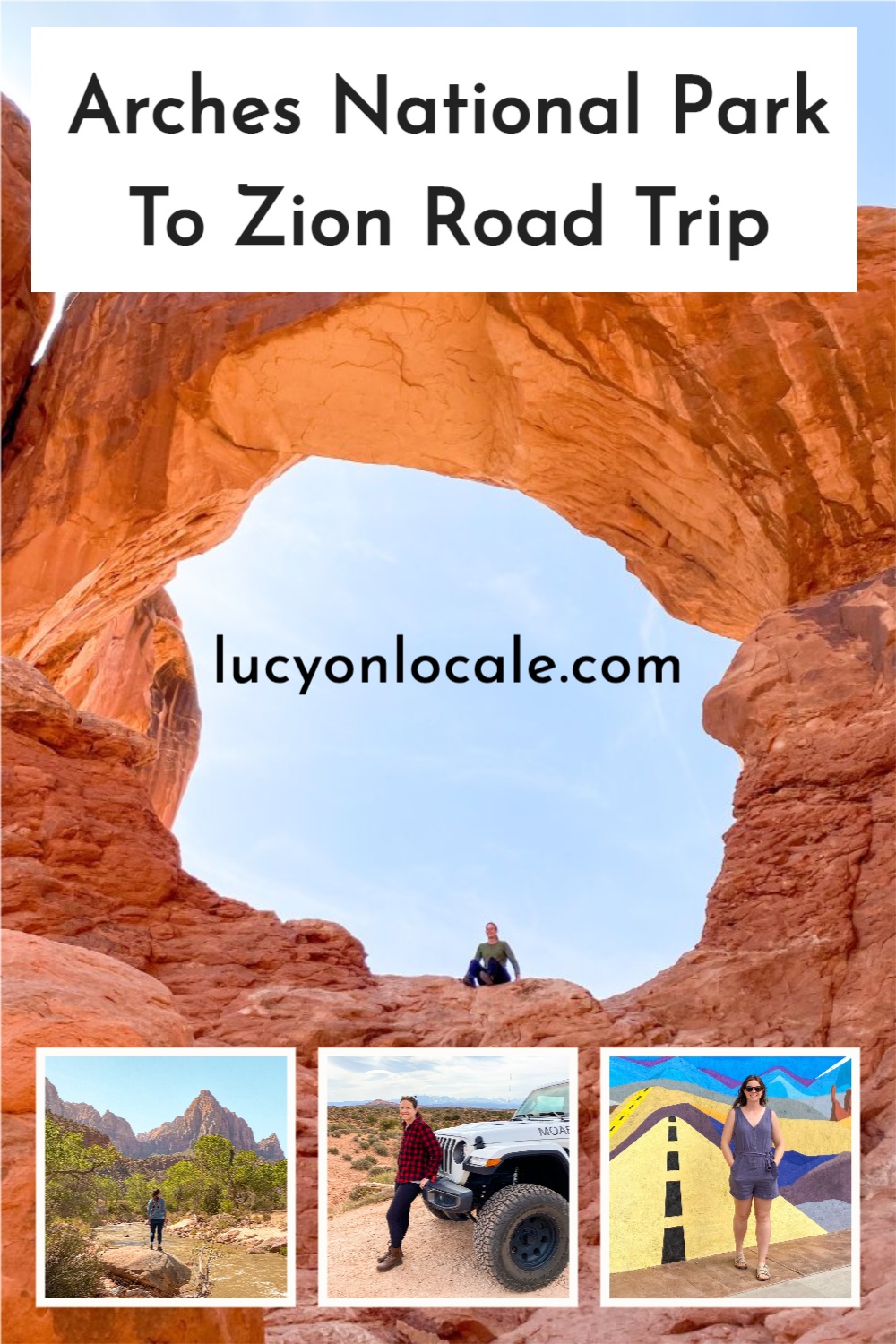
Arches National Park To Zion Road Trip
Visiting Utah’s “Mighty Five” national parks is one of the best road trips in the U.S. Zion, Bryce Canyon, Capitol Reef, Arches, and Canyonlands are some of the most popular national parks in the country, so you need to plan in advance. That’s why I created this ultimate Arches National Park To Zion road trip itinerary.
How To Have an Incredible Road Trip
This is a 12-day road trip. If you have more time, I recommend adding Las Vegas to this itinerary or adding Sedona, Arizona to this trip.
Ready to hit the road? Here’s the ultimate Arches National Park To Zion road trip!

Four Nights in Zion
Day 1: Try to arrive at Zion by early afternoon and head to the Kolob Canyons Visitor Center. Drive the scenic Kolob Canyons Road and hike the Timber Creek Overlook Trail (easy-moderate, 1 mile, out and back, 100 feet elevation gain). Then check into your hotel, Airbnb, or glamping site.
Day 2: Rent e-bikes and start riding as early as possible. Bike the Pa’rus Trail, then the Zion Canyon Scenic Drive. Go all the way to the end of the scenic drive, and stop as often as you like. You’ll want to pack out your lunch and then have dinner in Springdale or back at your accommodation.
Hike Angel’s Landing on this day (strenuous, 5.4 miles out and back, 1500 foot elevation gain, long drop-offs). You’ll need a hiking permit, so plan your biking schedule to accommodate your permit time. If you don’t want to hike Angel’s Landing, hike the West Rim Trail until it becomes the Angel’s Landing trail, then turn around.
Zion National Park Guide
Day 3: Drive the scenic Zion-Mount Carmel Highway to Zion’s East Entrance, leave the park, and see the bison herd usually visible on the right a few miles down the road. Next, go ATVing at nearby Coral Pink Sand Dunes State Park. Then have lunch at Cordwood or Co-op Cafe before heading back into Zion. Hike the Canyon Overlook Trail and stop at any or all of the pull-offs along the scenic drive.
Day 4: Hike The Narrows (Bottom-Up route via the Riverside Walk, 9.4 miles out and back). The Narrows hike averages about 6 hours, and the trail is the Virgin River, so you’ll be wading through ankle to waist-deep water. You’ll want to rent specialized equipment – shoes, a dry suit, neoprene socks, a waterproof bag, and a walking stick – and you’ll need to monitor the weather because flash floods, cold water temperatures, and high water levels can be hazardous. Plan on this hike taking most of the day, and you’ll want to bring a pack-out lunch, plenty of water, and snacks.
If you don’t want to hike The Narrows, hike the Watchman Trail in the morning, have a picnic lunch or eat in Springdale, then in the afternoon, hike the Lower and Middle Emerald Pools Loop, and if you’re up for it, continue to the Upper Emerald Pool.

One Night in Bryce Canyon
Day 5: Check out of your Zion accommodation early this morning and head to Bryce Canyon. Start with the Queen’s/Navajo Combination Loop. Hike down the Queen’s Garden trail at Sunrise Point, then take the connecting trail to the Navajo Loop Trail. Next, hike up the Wall Street side of the Navajo Loop to Sunset Point (if you’re here in Winter, Wall Street is closed, and you’ll need to hike up the Two Bridges side of the Navajo Loop). End your hike with the flat, easy walk along the Rim Trail back to Sunrise Point.
Next, take a lunch break. Then do the scenic drive to Rainbow Point, making sure you stop at all the named viewpoints along this route.
Then check into your hotel, glamping site, or vacation home. If you’re up for a late night, see if there’s a “Dark Ranger” stargazing program when you’re here.
The Ultimate Bryce Canyon National Park Guide
Day 6: Check out of your accommodation, and start your day with the Tower Bridge hike (moderate-difficult, 3 miles round trip, 760 feet elevation gain).
Eat lunch, then if you’re here from April to October, do an afternoon guided horseback ride into the Bryce Amphitheater along a dedicated horse trail and the Peek-a-boo Loop Trail. If you’re here from November to March, do the Mossy Cave hike (easy, 0.8 miles round trip to a grotto filled with icicles in the Winter).
Then drive to your Capitol Reef National Park accommodation.

Two Nights in Capitol Reef
Day 7: Start your day in Capitol Reef National Park with the scenic drive on Highway 24 until you reach the visitor center. The best stops on this portion of 24 are Panorama Point, Sunset Point Trail, Goosenecks Overlook, and the pull-out in front of The Castle.
After you stop at the visitor center, drive on the scenic road through the park, making sure to stop at as many pull-offs as possible. When you get back to the Fruita Historic District, have a picnic lunch by the Fremont River, explore the historic buildings, and check out the fruit orchards.
Then head back to Highway 24, going west until you get to the Hickman Bridge/Rim Overlook trailhead. If you want a moderate hike, opt for Hickman Bridge (1.8 miles out and back, 400 ft elevation gain, 1.5-2 hours), which takes you to a natural bridge with beautiful canyon views. If you’re up for a strenuous hike for incredible views of most of the park, choose the Rim Overlook trail (4.6 miles out and back, 1600 ft elevation gain, 2.5-3 hours).
Finish your day by driving the rest of scenic Highway 24 to the western side of the park, then head back to your accommodation.
Day 8: Check out of your accommodation and rent a 4×4 vehicle (if you don’t already have one) and explore the Cathedral Valley northern part of Capitol Reef. The Cathedral Valley section of the park has an unpaved loop road that will let you experience some of the most breathtaking and unique landscapes you’ll ever see.
You’ll want to pack out a lunch, have a full tank of gas, and make sure you stop at the Temple of the Sun and Moon and the Upper Cathedral Valley Overlook.
Then head to Goblin Valley State Park – explore The Goblin Valleys for about an hour – on your way to Moab, and check into your glamping site, hotel, or vacation home.

Four Nights in Moab
Day 9: Head to Arches National Park early in the morning. Start with the Delicate Arch hike (3-mile round trip, moderate, walking along rock ledges, plan on this taking at least three hours). Next, stop at the Salt Valley and Fiery Furnace Viewpoints. Then hike out and back to Sand Dune Arch.
If the Delicate Arch hike is too strenuous for you, walk to the Upper Delicate Arch Viewpoint (200 feet, easy, 15 minutes round trip), then visit the Salt Valley and Fiery Furnace Viewpoints, then hike out and back to Sand Dune Arch and Broken Arch (1.5 miles round trip, easy-moderate, about an hour).
Have lunch near the Devils Garden Campground, then hike behind the Amphitheatre to see Skyline Arch. Most people view Skyline Arch from the main road, but the view is better from the amphitheater side, and you can usually have the arch to yourself.
Next, drive back down the main park road and stop at Panorama Point and Garden of Eden. Then explore Double Arch and hike the North Window/South Window/Turret Arch loop.
On your way out of the park, end your day by seeing Balanced Rock, the Petrified Dunes Viewpoint, Courthouse Towers Viewpoint, and La Sal Mountains Viewpoint.
Day 10: Spend the morning back in Arches hiking as much of the Devils Garden Trail as possible. I recommend getting at least as far as Navajo Arch, Partition Arch, and Landscape Arch. Pace yourself, and don’t hike further out than you can walk back.
Then in the afternoon, do a guided 4×4 tour of the backcountry. More than 1.5 million people visit Arches National Park every year, but only about 15,000 venture into the backcountry. So a 4×4 ride is a way to escape the crowds and explore a part of the park that few people ever visit.
Day 11: Hire a 4×4 vehicle and driver to explore the Island In The Sky district of Canyonlands National Park. After you enter the park and stop at the visitor center, pull off at both of the Shafer Canyon Overlooks. Then head to the Mesa Arch trailhead and do this easy, 0.6-mile round trip, 30-minute hike.
Next, continue on the park’s scenic drive towards Upheaval Dome. Drive to the end and turn around, stop at any pullouts that you can, and make the short drive to the Green River Overlook.
Then drive towards Grand View Point Overlook at the other end of the park. Stop at any pull-offs on your way to the end of the scenic drive. Park at the Grand View Point Overlook trailhead, and hike this trail out and back as far as time allows.
Spend the rest of the day driving through the Canyonlands backcountry.
Day 12: Head home or to your next destination!

Shop My National Park Essentials

Is there anything you’d add to this Arches National Park To Zion road trip? Let us know in the comments!

Plan The Rest Of Your Trip

Recommended Tours in Zion

Frequently Asked Questions
How far is Arches National Park from Zion National Park?
Arches and Zion are about 355 miles (five and half hours) from each other. The best way to visit both of these parks is on a Utah “Mighty Five” road trip that also includes Bryce Canyon, Capitol Reef, and Canyonlands.
Day 1: Zion. Drive the scenic Kolob Canyons Road and hike the Timber Creek Overlook Trail
Day 2: Zion. Rent e-bikes and bike the Pa’rus Trail and the Zion Canyon Scenic Drive. Hike Angel’s Landing.
Day 3: Zion. Drive the scenic Zion-Mount Carmel Highway, leave the park, see the bison herd usually visible on the right a few miles down the roadt, go ATVing at nearby Coral Pink Sand Dunes State Park, have lunch at Cordwood or Co-op Cafe before heading back into Zion, hike the Canyon Overlook Trail ,and stop at any or all of the pull-offs along the scenic drive.
Day 4: Zion. Hike The Narrows. If you don’t want to hike The Narrows, hike the Watchman Trail in the morning, have a picnic lunch or eat in Springdale, then in the afternoon, hike the Lower and Middle Emerald Pools Loop, and if you’re up for it, continue to the Upper Emerald Pool.
Day 5: Bryce Canyon. Check out of your Zion accommodation early this morning and head to Bryce Canyon. Start with the Queen’s/Navajo Combination Loop. Next, take a lunch break. Then do the scenic drive to Rainbow Point, making sure you stop at all the named viewpoints along this route. Then check into your accommodation. If you’re up for a late night, see if there’s a “Dark Ranger” stargazing program when you’re here.
Day 6: Bryce Canyon.Check out of your accommodation, and start your day with the Tower Bridge hike. Eat lunch, then if you’re here from April to October, do an afternoon guided horseback ride into the Bryce Amphitheater along a dedicated horse trail and the Peek-a-boo Loop Trail. If you’re here from November to March, do the Mossy Cave hike (easy, 0.8 miles round trip to a grotto filled with icicles in the Winter). Then drive to your Capitol Reef National Park accommodation.
Day 7: Capitol Reef. Start your day with the scenic drive on Highway 24 until you reach the visitor center. Then drive on the scenic road through the park. When you get back to the Fruita Historic District, have a picnic lunch by the Fremont River, explore the historic buildings, and check out the fruit orchards. Then head back to Highway 24, going west until you get to the Hickman Bridge/Rim Overlook trailhead. If you want a moderate hike, opt for Hickman Bridge. If you’re up for a strenuous hike for incredible views of most of the park, choose the Rim Overlook trail. Finish your day by driving the rest of scenic Highway 24 to the western side of the park, then head back to your accommodation.
Day 8: Check out of your accommodation and explore the Cathedral Valley northern part of Capitol Reef. The Cathedral Valley section of the park has an unpaved loop road that will let you experience some of the most breathtaking and unique landscapes you’ll ever see. Then head to Goblin Valley State Park – explore The Goblin Valleys for about an hour – on your way to Moab.
Day 9: Head to Arches National Park, do the Delicate Arch hike, stop at the Salt Valley and Fiery Furnace Viewpoints, then hike out and back to Sand Dune Arch. Have lunch near the Devils Garden Campground, then hike behind the Amphitheatre to see Skyline Arch. Next, drive back down the main park road and stop at Panorama Point and Garden of Eden. Then explore Double Arch and hike the North Window/South Window/Turret Arch loop.
Day 10: Spend the morning back in Arches hiking as much of the Devils Garden Trail as possible. I recommend getting at least as far as Navajo Arch, Partition Arch, and Landscape Arch. Then in the afternoon, do a guided 4×4 tour of the backcountry.
Day 11: Hire a 4×4 vehicle and driver to explore the Island In The Sky district of Canyonlands National Park. Pull off at both of the Shafer Canyon Overlooks, hike the Mesa Arch trail, enjoy the park’s scenic drive, then spend the rest of the day driving through the Canyonlands backcountry.
Day 12: Head home or to your next destination!
What do you do between Arches and Zion?
The best stops on a road trip from Arches to Zion are Bryce Canyon National Park, Coral Pink Sand Dunes State Park, Capitol Reef National Park, Canyonlands National Park, Moab, and Goblin Valley State Park.
Which is better Zion National Park or Arches National Park?
Zion and Arches are both incredible destinations, and they will give you very different scenery and experiences. I highly recommend visiting both of these national parks!
Is Bryce or Arches better?
Bryce Canyon and Arches are both incredible destinations, and they will give you very different scenery and experiences. I highly recommend visiting both of these national parks!
What is the most beautiful park in Utah?
All five of Utah’s national parks – Zion, Bryce Canyon, Arches, Capitol Reef, and Canyonlands – are absolutely stunning. They are all five completely different in the landscapes and activities they offer, so I highly recommend visiting all five of them on a road trip.
Day 1: Zion. Drive the scenic Kolob Canyons Road and hike the Timber Creek Overlook Trail
Day 2: Zion. Rent e-bikes and bike the Pa’rus Trail and the Zion Canyon Scenic Drive. Hike Angel’s Landing.
Day 3: Zion. Drive the scenic Zion-Mount Carmel Highway, leave the park, see the bison herd usually visible on the right a few miles down the roadt, go ATVing at nearby Coral Pink Sand Dunes State Park, have lunch at Cordwood or Co-op Cafe before heading back into Zion, hike the Canyon Overlook Trail ,and stop at any or all of the pull-offs along the scenic drive.
Day 4: Zion. Hike The Narrows. If you don’t want to hike The Narrows, hike the Watchman Trail in the morning, have a picnic lunch or eat in Springdale, then in the afternoon, hike the Lower and Middle Emerald Pools Loop, and if you’re up for it, continue to the Upper Emerald Pool.
Day 5: Bryce Canyon. Check out of your Zion accommodation early this morning and head to Bryce Canyon. Start with the Queen’s/Navajo Combination Loop. Next, take a lunch break. Then do the scenic drive to Rainbow Point, making sure you stop at all the named viewpoints along this route. Then check into your accommodation. If you’re up for a late night, see if there’s a “Dark Ranger” stargazing program when you’re here.
Day 6: Bryce Canyon.Check out of your accommodation, and start your day with the Tower Bridge hike. Eat lunch, then if you’re here from April to October, do an afternoon guided horseback ride into the Bryce Amphitheater along a dedicated horse trail and the Peek-a-boo Loop Trail. If you’re here from November to March, do the Mossy Cave hike (easy, 0.8 miles round trip to a grotto filled with icicles in the Winter). Then drive to your Capitol Reef National Park accommodation.
Day 7: Capitol Reef. Start your day with the scenic drive on Highway 24 until you reach the visitor center. Then drive on the scenic road through the park. When you get back to the Fruita Historic District, have a picnic lunch by the Fremont River, explore the historic buildings, and check out the fruit orchards. Then head back to Highway 24, going west until you get to the Hickman Bridge/Rim Overlook trailhead. If you want a moderate hike, opt for Hickman Bridge. If you’re up for a strenuous hike for incredible views of most of the park, choose the Rim Overlook trail. Finish your day by driving the rest of scenic Highway 24 to the western side of the park, then head back to your accommodation.
Day 8: Check out of your accommodation and explore the Cathedral Valley northern part of Capitol Reef. The Cathedral Valley section of the park has an unpaved loop road that will let you experience some of the most breathtaking and unique landscapes you’ll ever see. Then head to Goblin Valley State Park – explore The Goblin Valleys for about an hour – on your way to Moab.
Day 9: Head to Arches National Park, do the Delicate Arch hike, stop at the Salt Valley and Fiery Furnace Viewpoints, then hike out and back to Sand Dune Arch. Have lunch near the Devils Garden Campground, then hike behind the Amphitheatre to see Skyline Arch. Next, drive back down the main park road and stop at Panorama Point and Garden of Eden. Then explore Double Arch and hike the North Window/South Window/Turret Arch loop.
Day 10: Spend the morning back in Arches hiking as much of the Devils Garden Trail as possible. I recommend getting at least as far as Navajo Arch, Partition Arch, and Landscape Arch. Then in the afternoon, do a guided 4×4 tour of the backcountry.
Day 11: Hire a 4×4 vehicle and driver to explore the Island In The Sky district of Canyonlands National Park. Pull off at both of the Shafer Canyon Overlooks, hike the Mesa Arch trail, enjoy the park’s scenic drive, then spend the rest of the day driving through the Canyonlands backcountry.
Day 12: Head home or to your next destination!
Is Zion National Park overrated?
No, Zion National Park is not overrated. Zion can be crowded, though. You can avoid some of the crowds at Zion by visiting in the winter, spring, or fall, avoiding holidays and Spring Break weeks, visiting on weekdays, and arriving at the park early in the morning.
What is the prettiest national park?
All five of Utah’s national parks – Zion, Bryce Canyon, Arches, Capitol Reef, and Canyonlands – are absolutely stunning. They are all five completely different in the landscapes and activities they offer, so I highly recommend visiting all five of them on a road trip.
Day 1: Zion. Drive the scenic Kolob Canyons Road and hike the Timber Creek Overlook Trail
Day 2: Zion. Rent e-bikes and bike the Pa’rus Trail and the Zion Canyon Scenic Drive. Hike Angel’s Landing.
Day 3: Zion. Drive the scenic Zion-Mount Carmel Highway, leave the park, see the bison herd usually visible on the right a few miles down the roadt, go ATVing at nearby Coral Pink Sand Dunes State Park, have lunch at Cordwood or Co-op Cafe before heading back into Zion, hike the Canyon Overlook Trail ,and stop at any or all of the pull-offs along the scenic drive.
Day 4: Zion. Hike The Narrows. If you don’t want to hike The Narrows, hike the Watchman Trail in the morning, have a picnic lunch or eat in Springdale, then in the afternoon, hike the Lower and Middle Emerald Pools Loop, and if you’re up for it, continue to the Upper Emerald Pool.
Day 5: Bryce Canyon. Check out of your Zion accommodation early this morning and head to Bryce Canyon. Start with the Queen’s/Navajo Combination Loop. Next, take a lunch break. Then do the scenic drive to Rainbow Point, making sure you stop at all the named viewpoints along this route. Then check into your accommodation. If you’re up for a late night, see if there’s a “Dark Ranger” stargazing program when you’re here.
Day 6: Bryce Canyon.Check out of your accommodation, and start your day with the Tower Bridge hike. Eat lunch, then if you’re here from April to October, do an afternoon guided horseback ride into the Bryce Amphitheater along a dedicated horse trail and the Peek-a-boo Loop Trail. If you’re here from November to March, do the Mossy Cave hike (easy, 0.8 miles round trip to a grotto filled with icicles in the Winter). Then drive to your Capitol Reef National Park accommodation.
Day 7: Capitol Reef. Start your day with the scenic drive on Highway 24 until you reach the visitor center. Then drive on the scenic road through the park. When you get back to the Fruita Historic District, have a picnic lunch by the Fremont River, explore the historic buildings, and check out the fruit orchards. Then head back to Highway 24, going west until you get to the Hickman Bridge/Rim Overlook trailhead. If you want a moderate hike, opt for Hickman Bridge. If you’re up for a strenuous hike for incredible views of most of the park, choose the Rim Overlook trail. Finish your day by driving the rest of scenic Highway 24 to the western side of the park, then head back to your accommodation.
Day 8: Check out of your accommodation and explore the Cathedral Valley northern part of Capitol Reef. The Cathedral Valley section of the park has an unpaved loop road that will let you experience some of the most breathtaking and unique landscapes you’ll ever see. Then head to Goblin Valley State Park – explore The Goblin Valleys for about an hour – on your way to Moab.
Day 9: Head to Arches National Park, do the Delicate Arch hike, stop at the Salt Valley and Fiery Furnace Viewpoints, then hike out and back to Sand Dune Arch. Have lunch near the Devils Garden Campground, then hike behind the Amphitheatre to see Skyline Arch. Next, drive back down the main park road and stop at Panorama Point and Garden of Eden. Then explore Double Arch and hike the North Window/South Window/Turret Arch loop.
Day 10: Spend the morning back in Arches hiking as much of the Devils Garden Trail as possible. I recommend getting at least as far as Navajo Arch, Partition Arch, and Landscape Arch. Then in the afternoon, do a guided 4×4 tour of the backcountry.
Day 11: Hire a 4×4 vehicle and driver to explore the Island In The Sky district of Canyonlands National Park. Pull off at both of the Shafer Canyon Overlooks, hike the Mesa Arch trail, enjoy the park’s scenic drive, then spend the rest of the day driving through the Canyonlands backcountry.
Day 12: Head home or to your next destination!
What is the least visited national park in Utah?
Canyonlands is the least-visited of Utah’s “Mighty Five” national parks.

This Arches National Park To Zion road trip is not a sponsored post, and, as always, the thoughts and opinions expressed in this Arches National Park To Zion road trip are entirely my own. Some of the links in this Arches National Park To Zion road trip are affiliate links, and, at no cost to you, I may earn a small commission from this Arches National Park To Zion road trip.
 Destinations
Destinations Packing
Packing Travel Tips
Travel Tips
 Photography
Photography Points & Miles
Points & Miles Credit Cards
Credit Cards